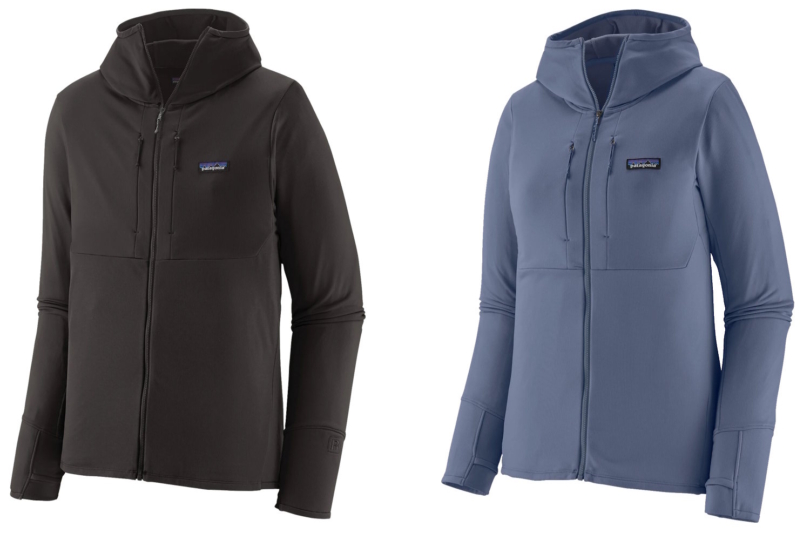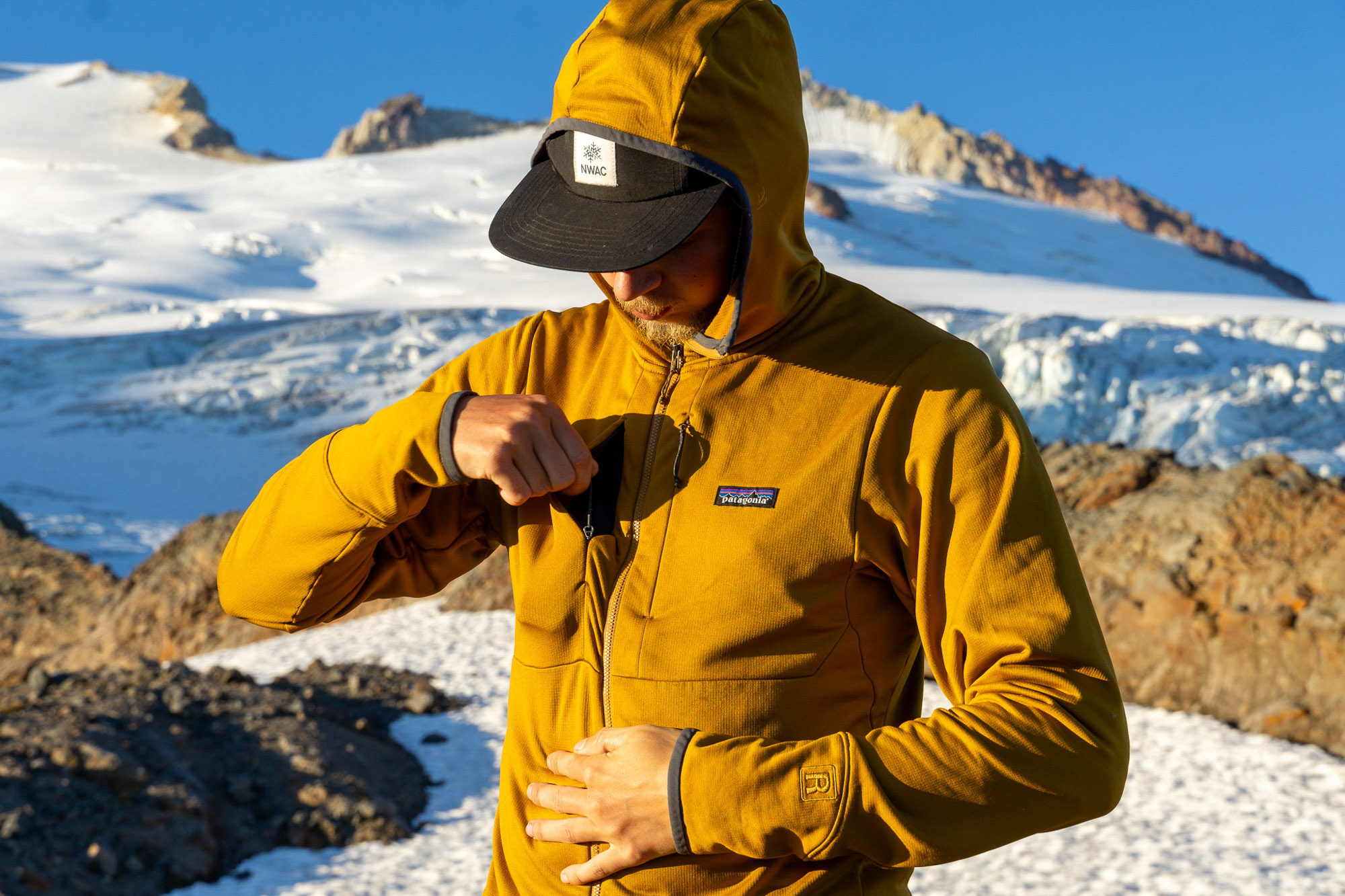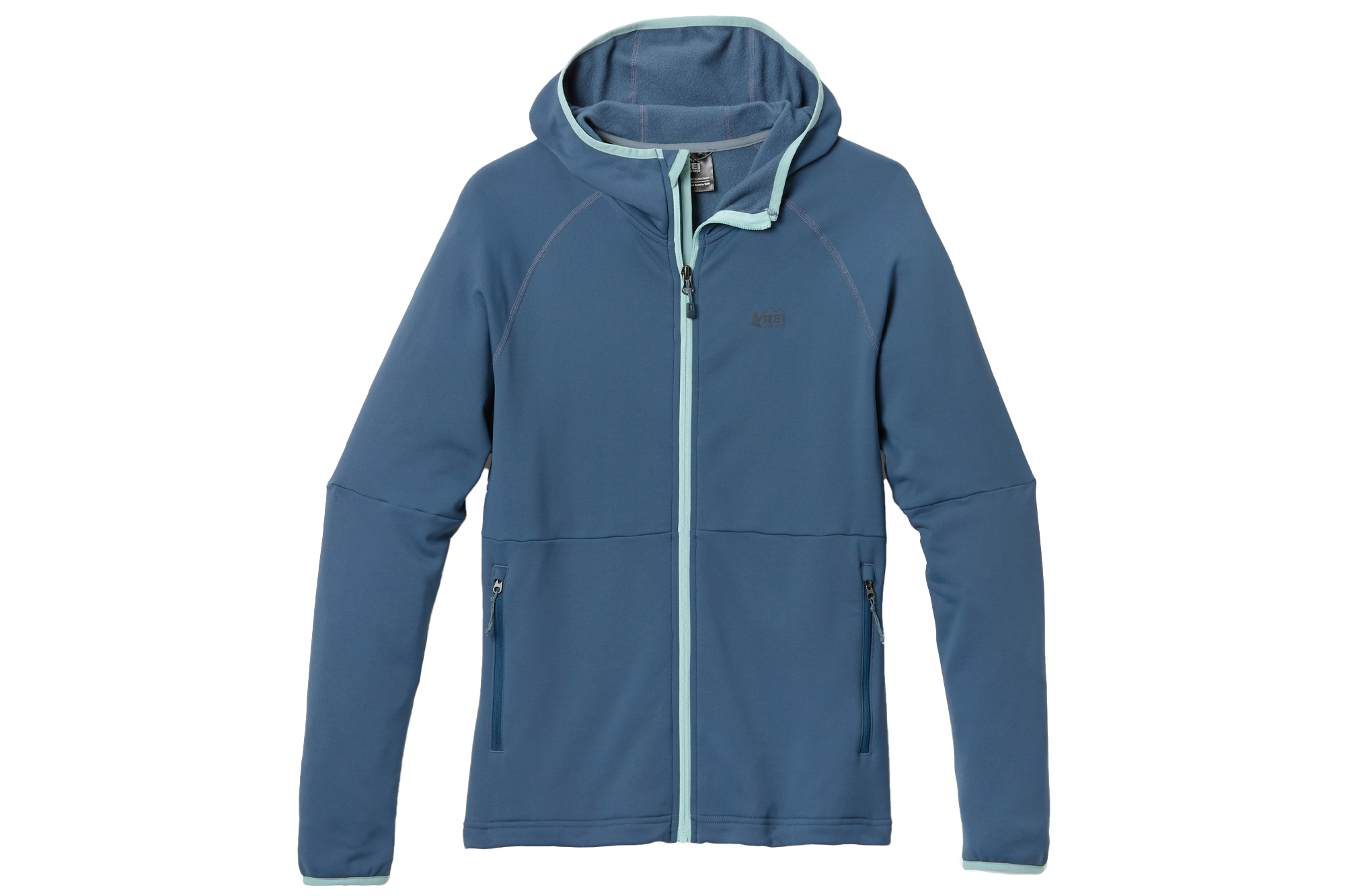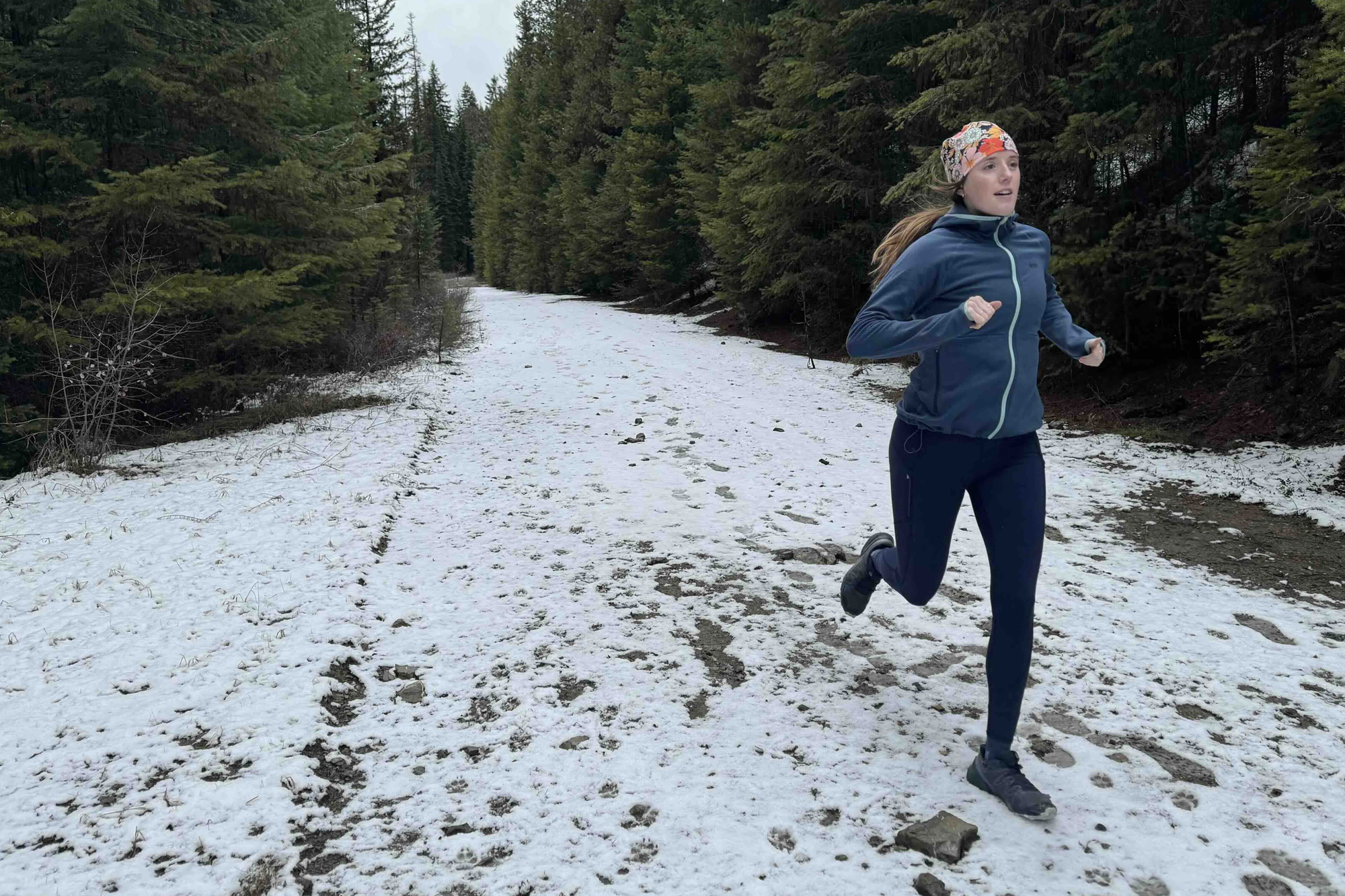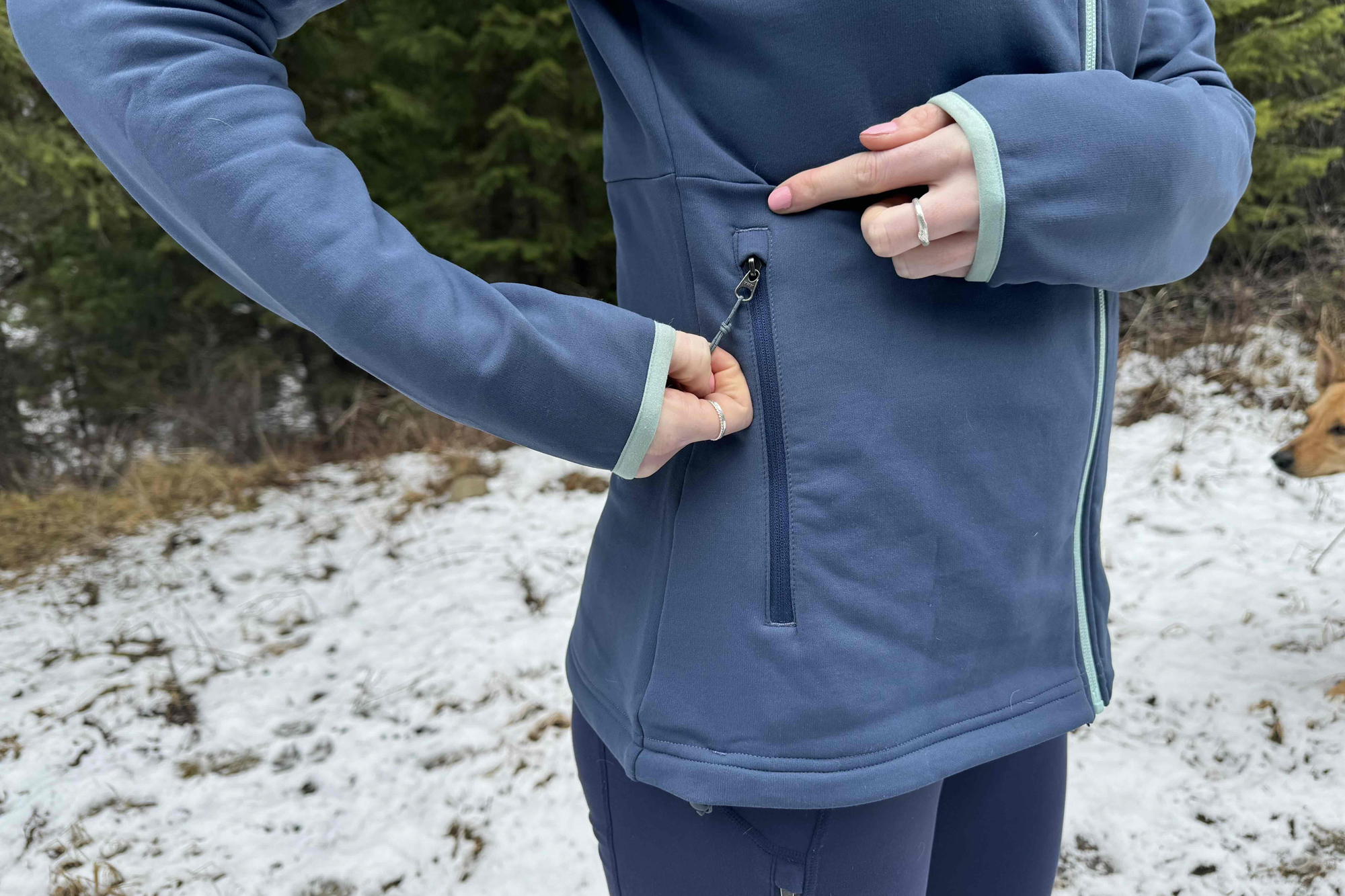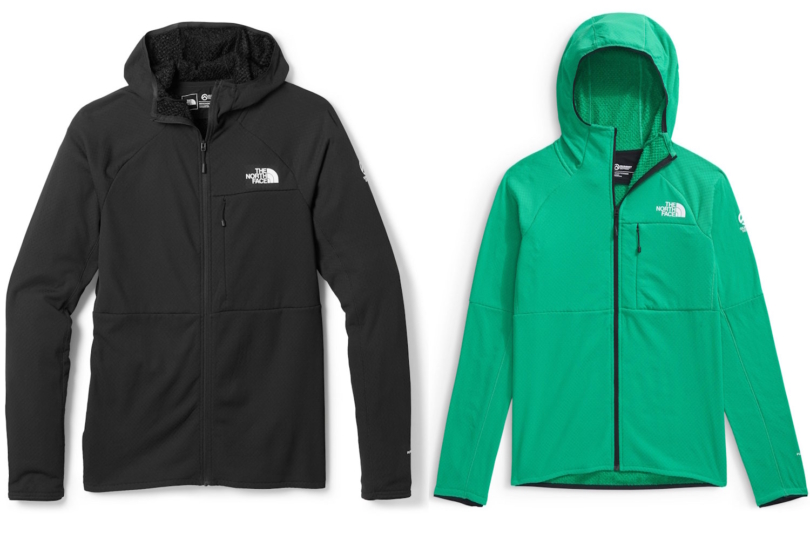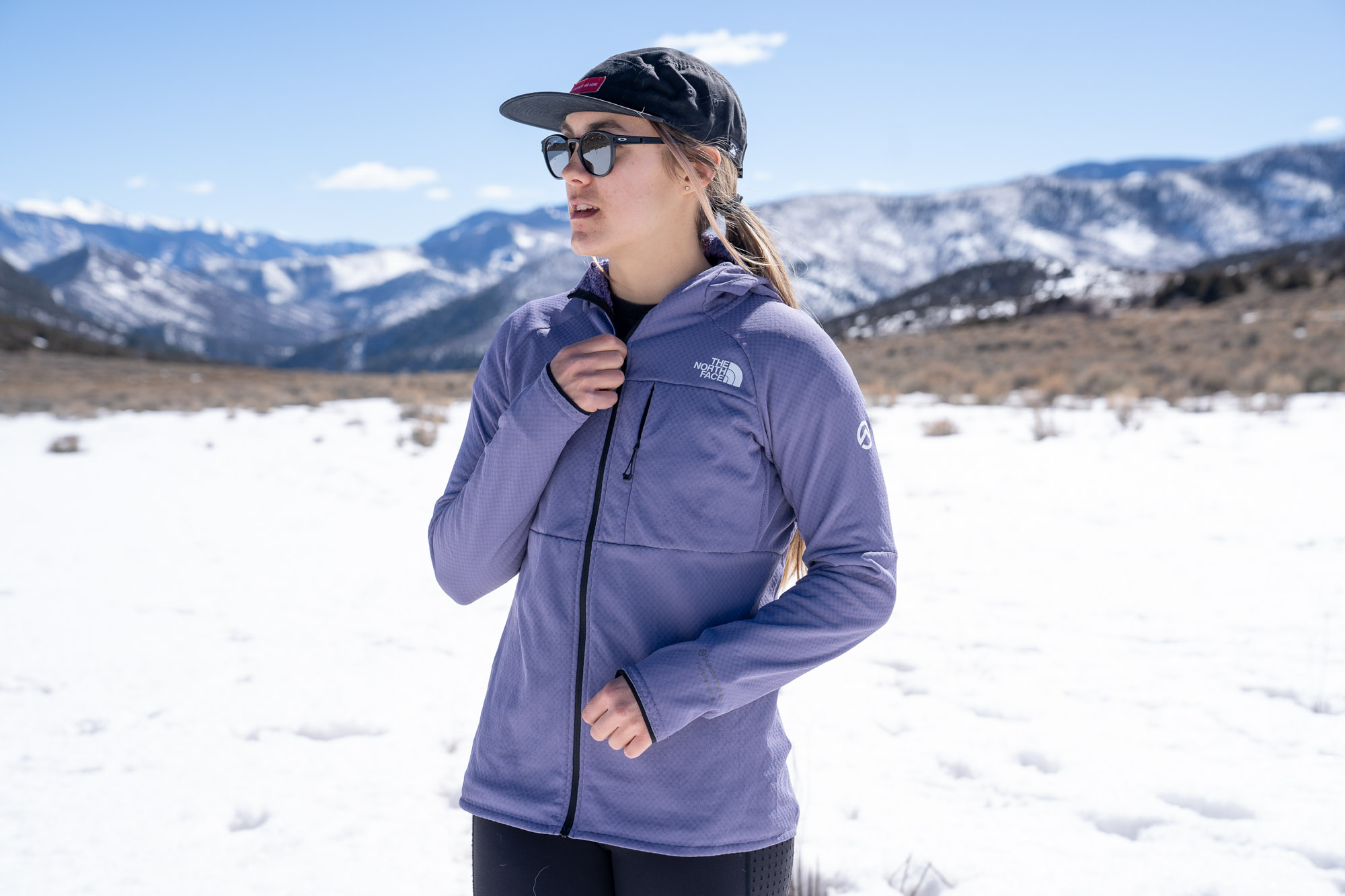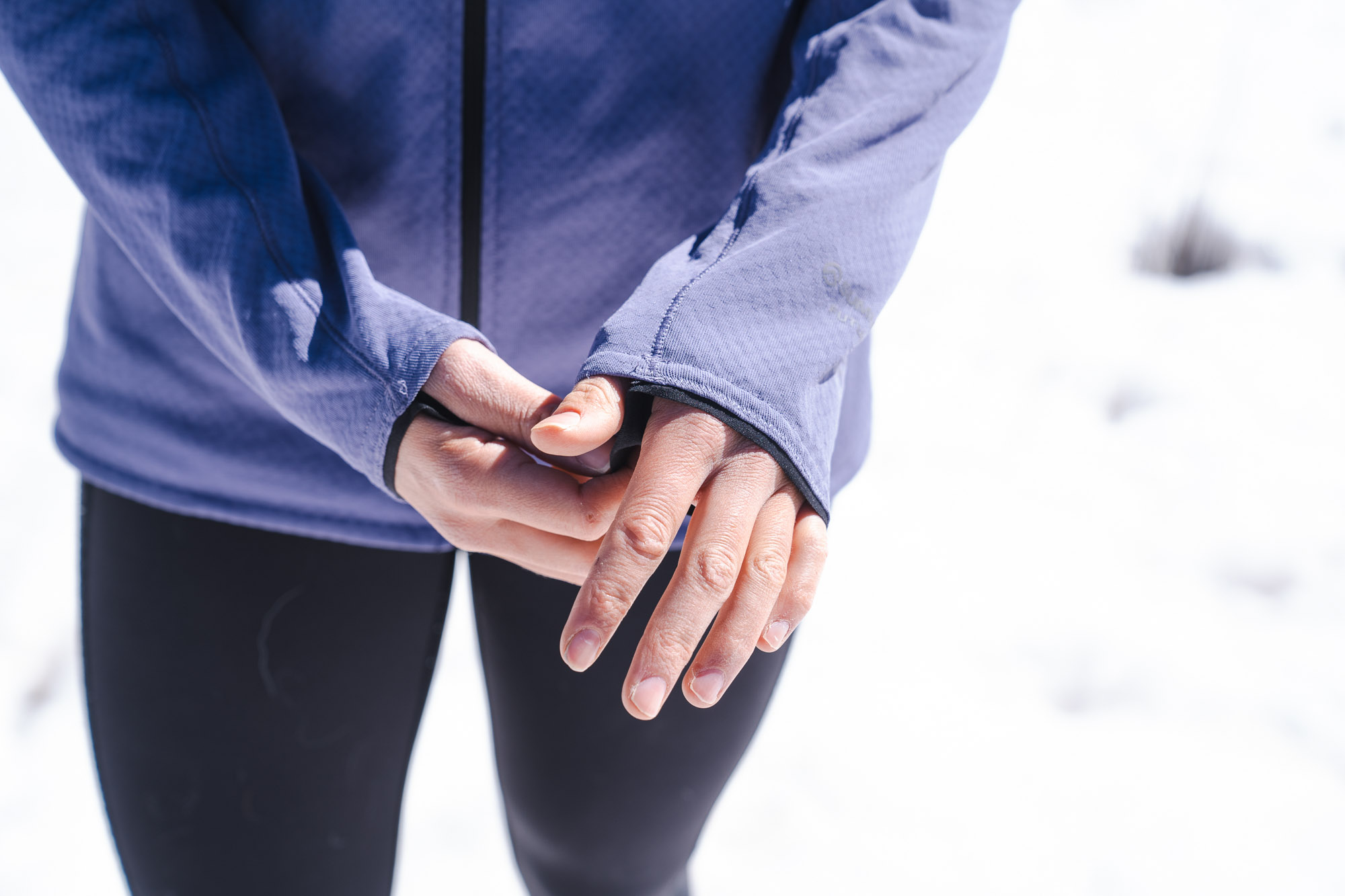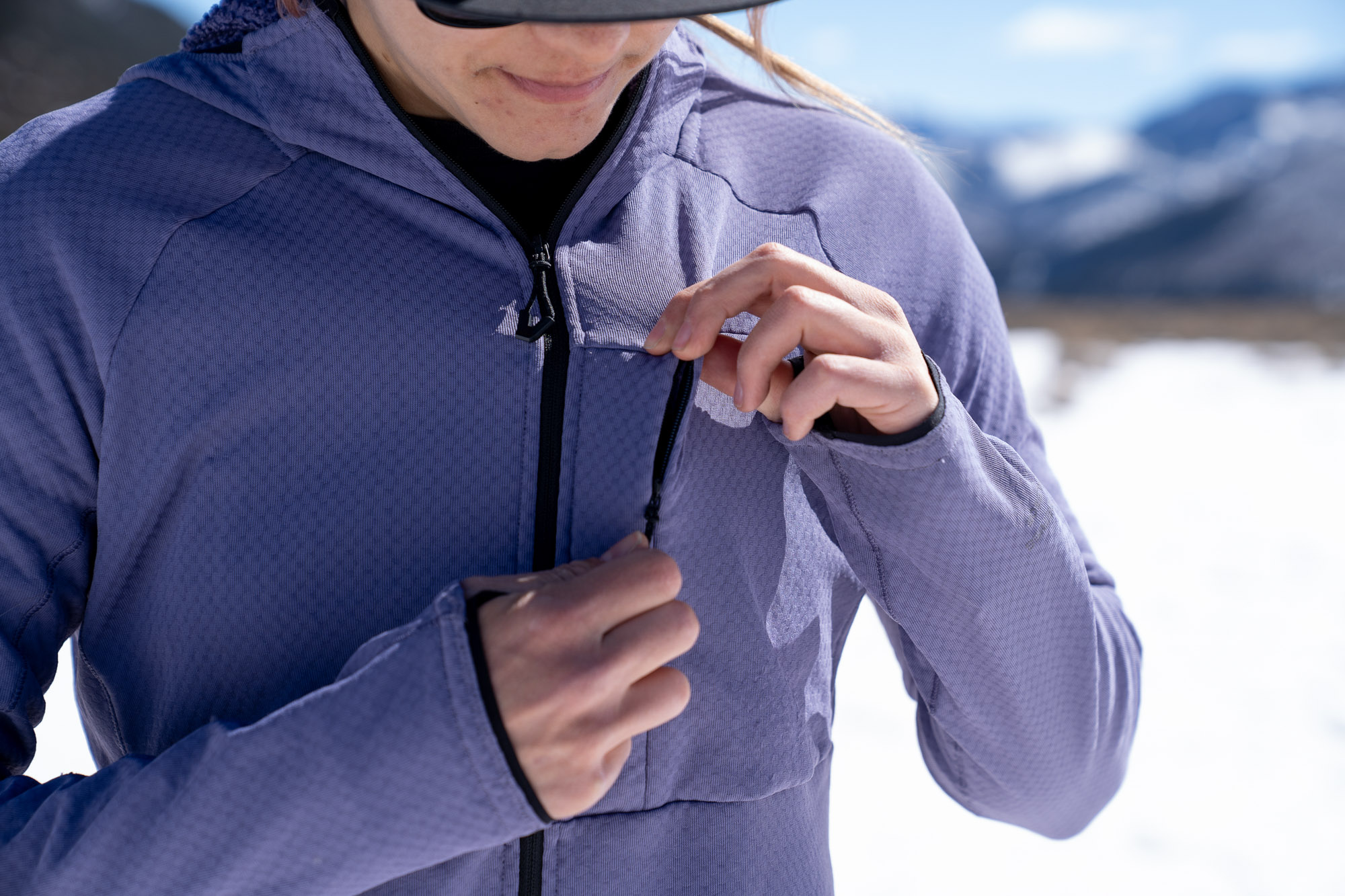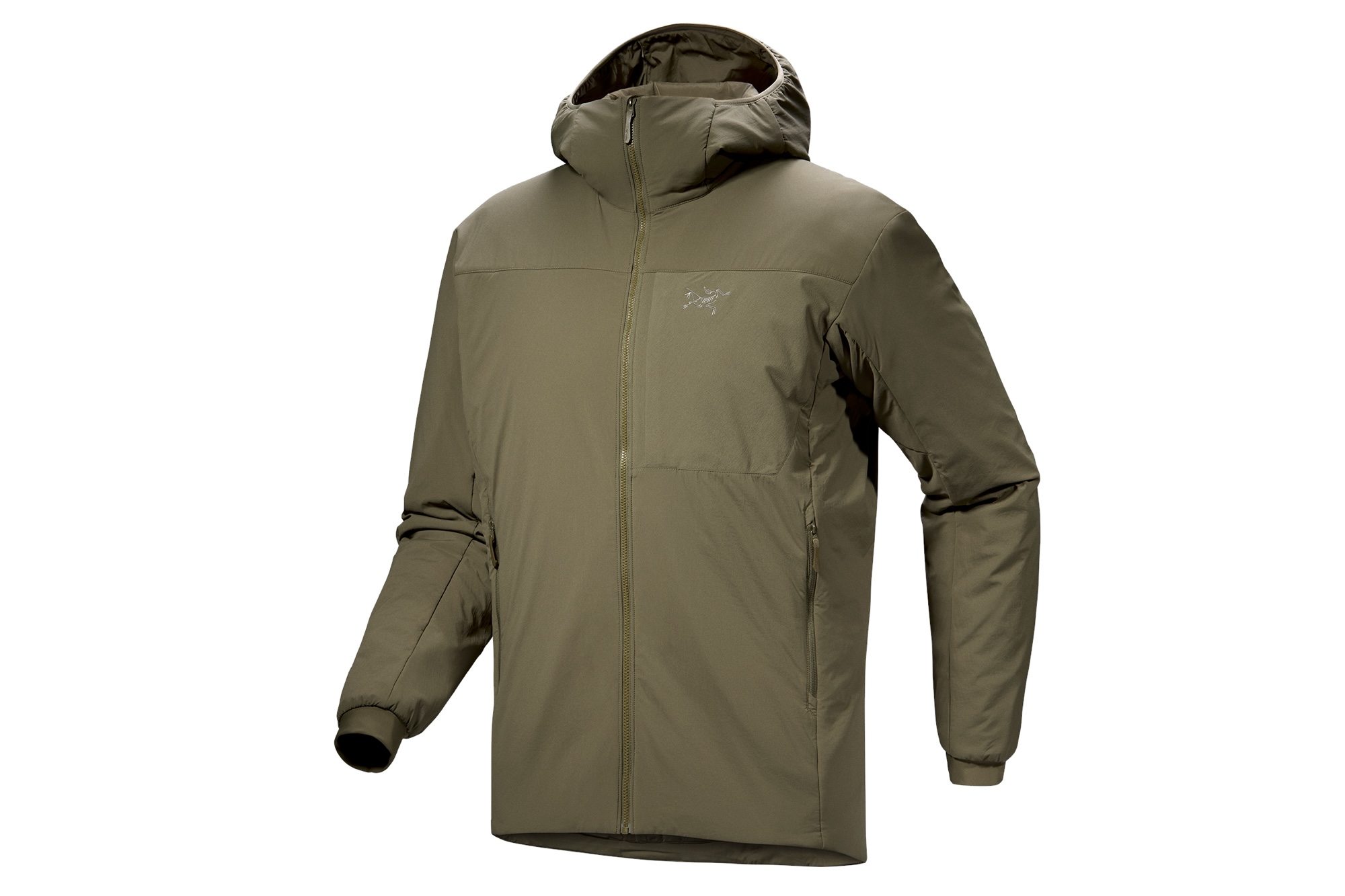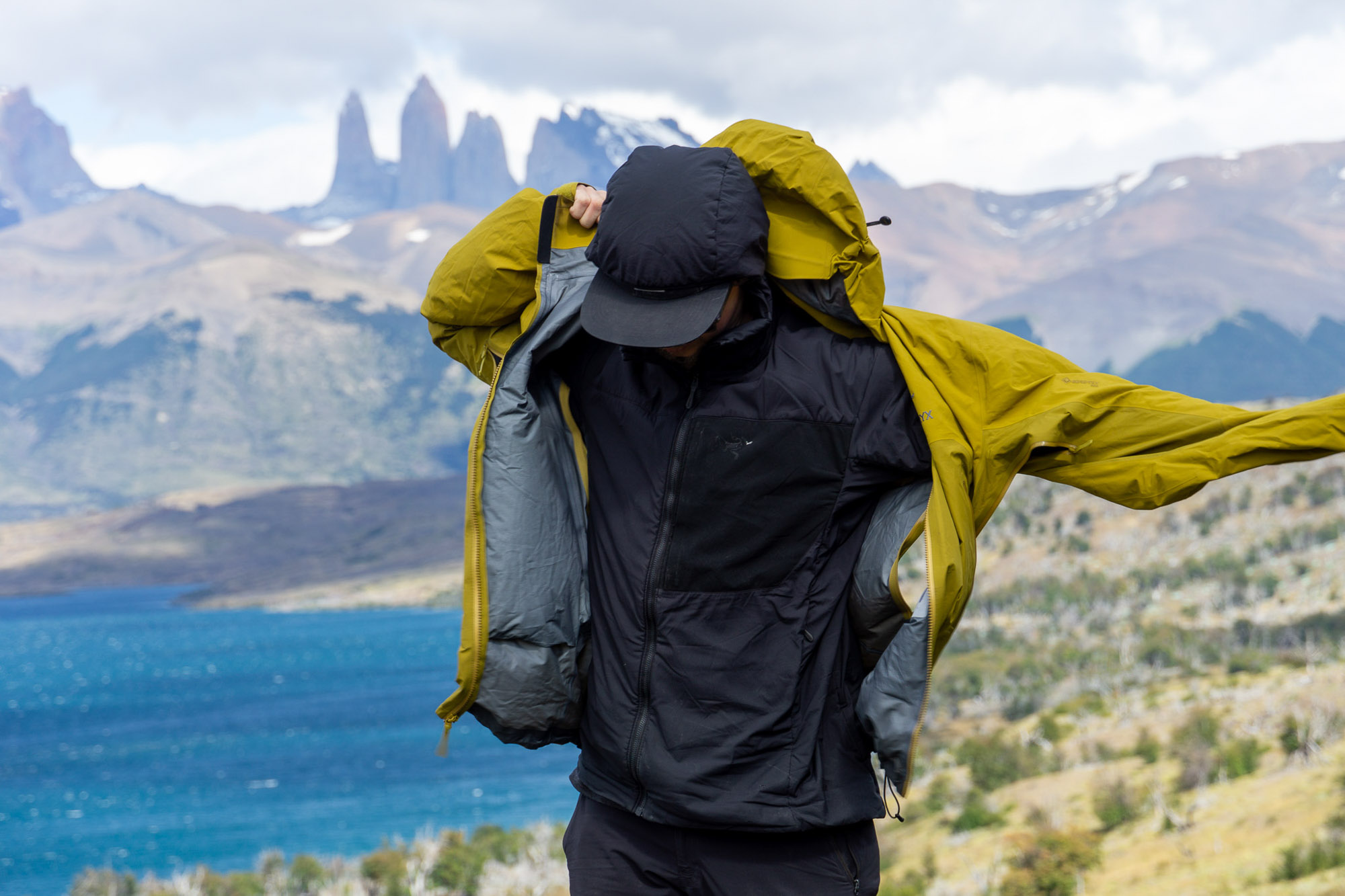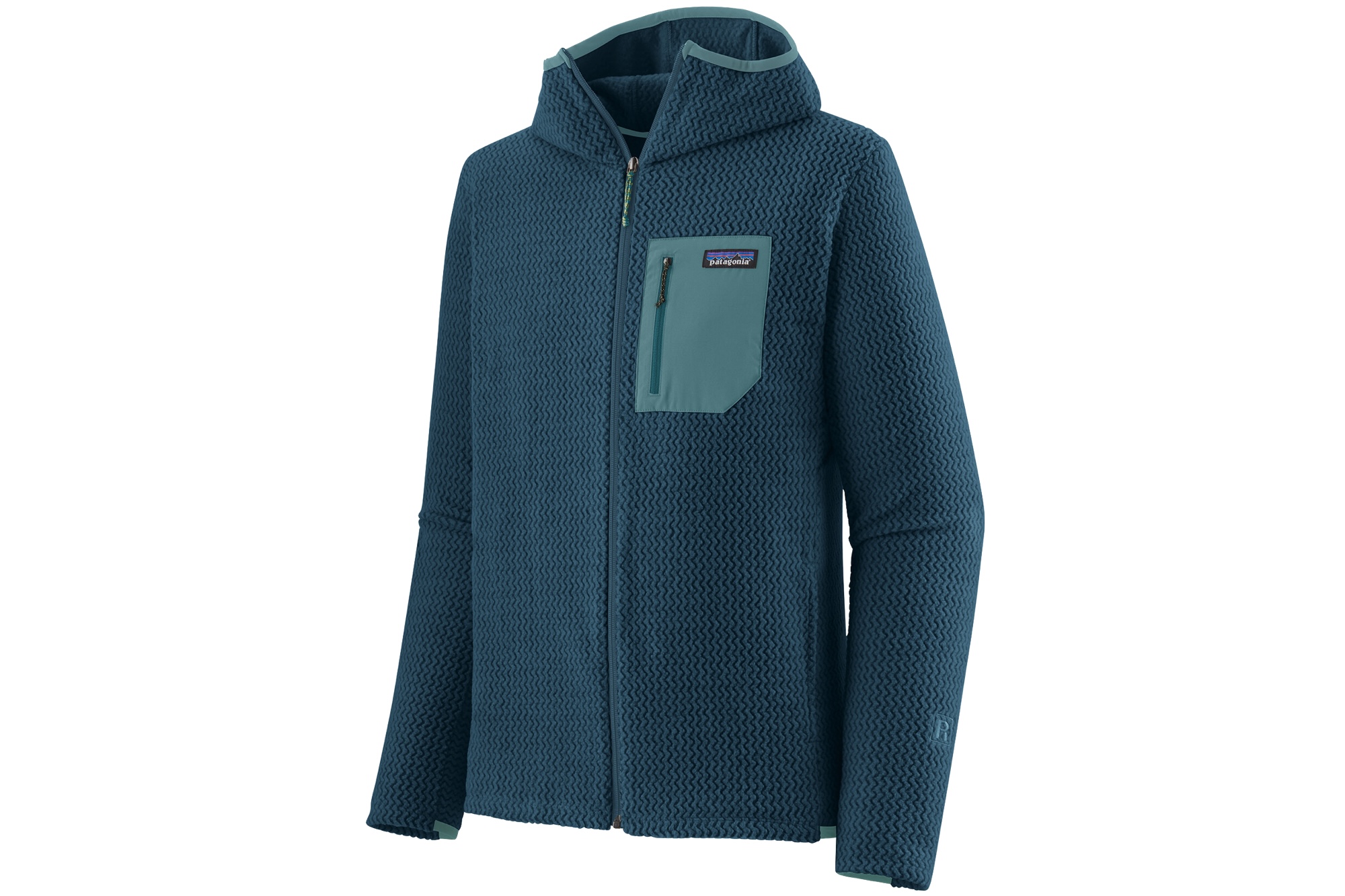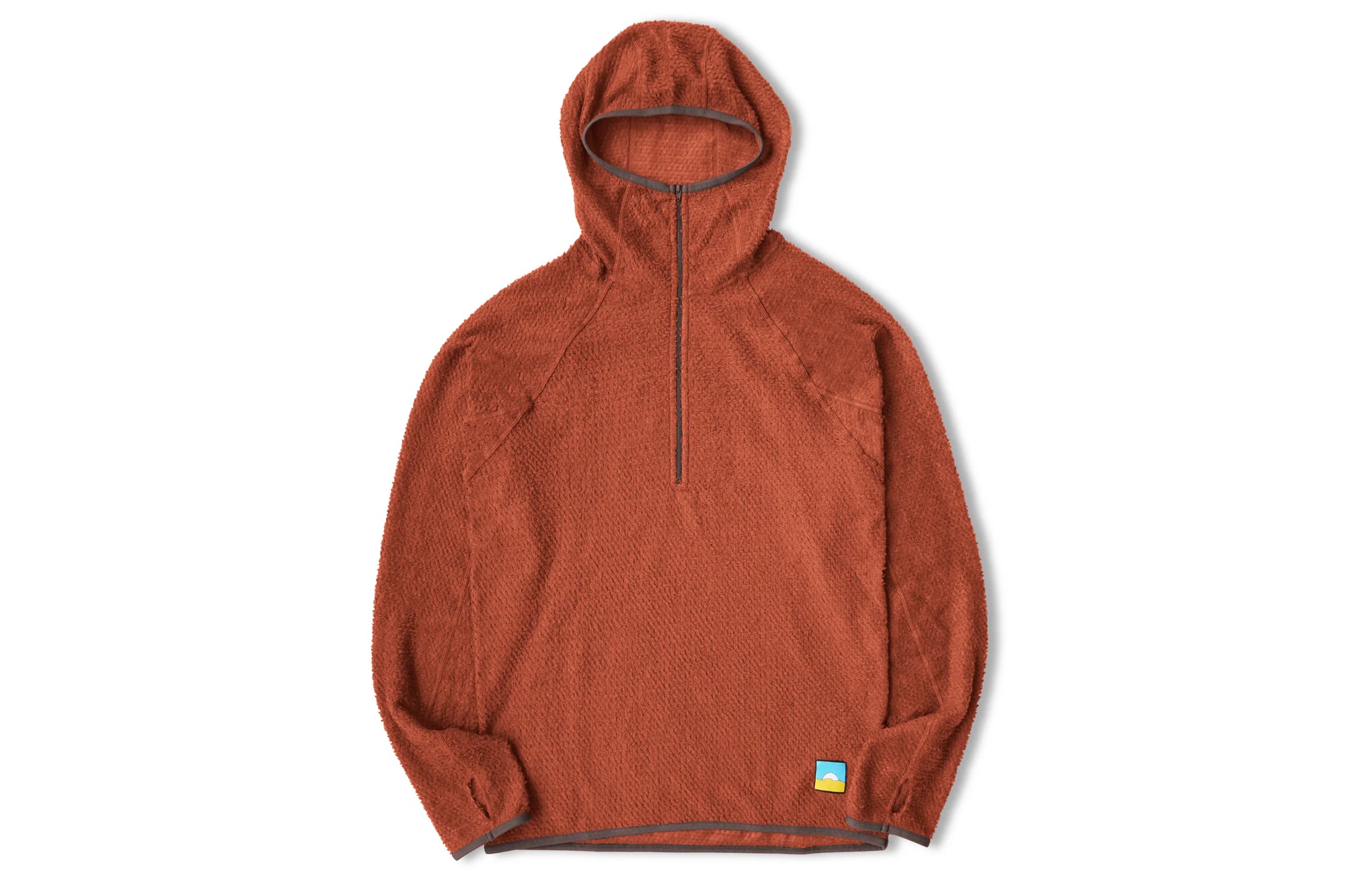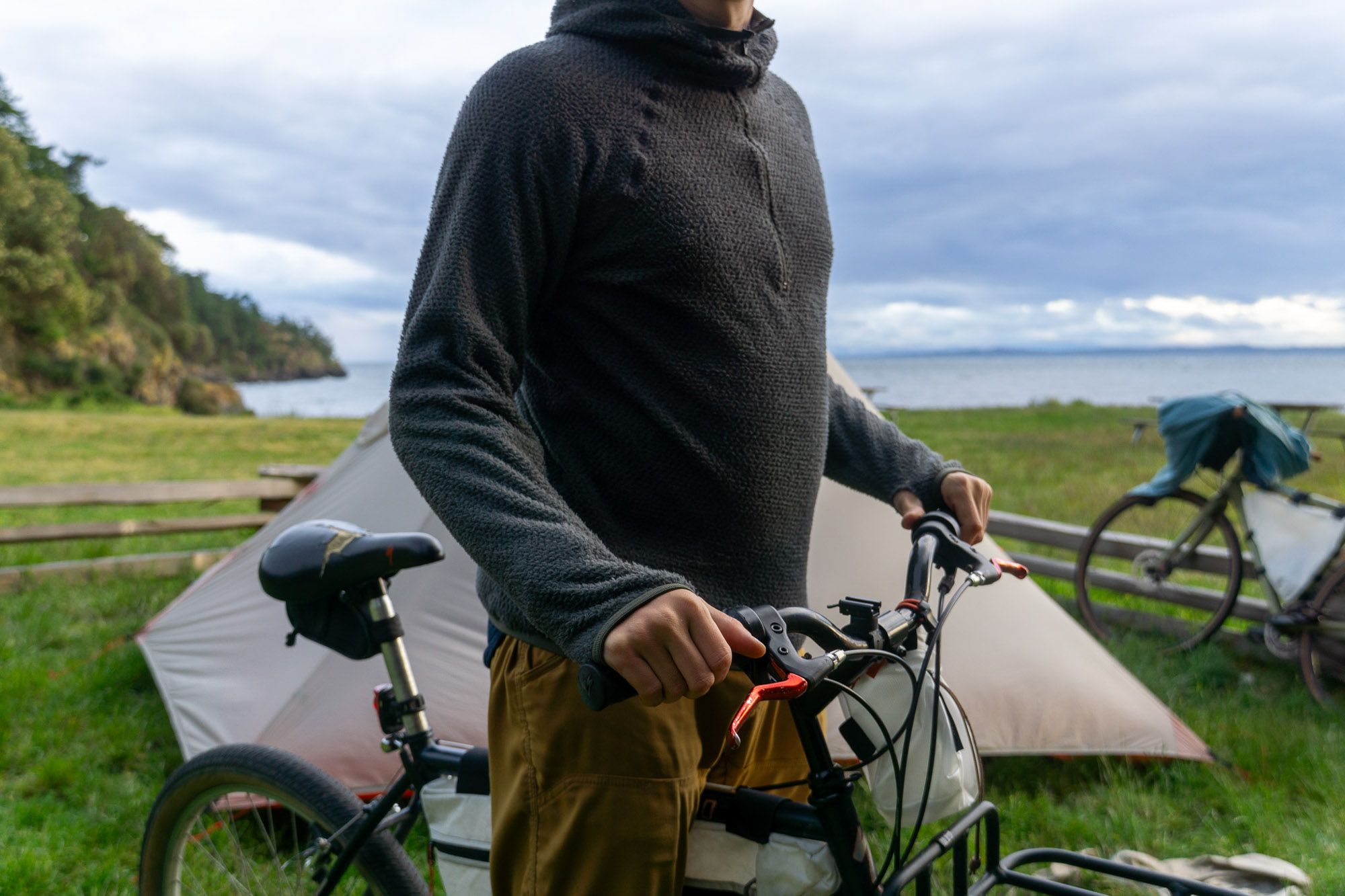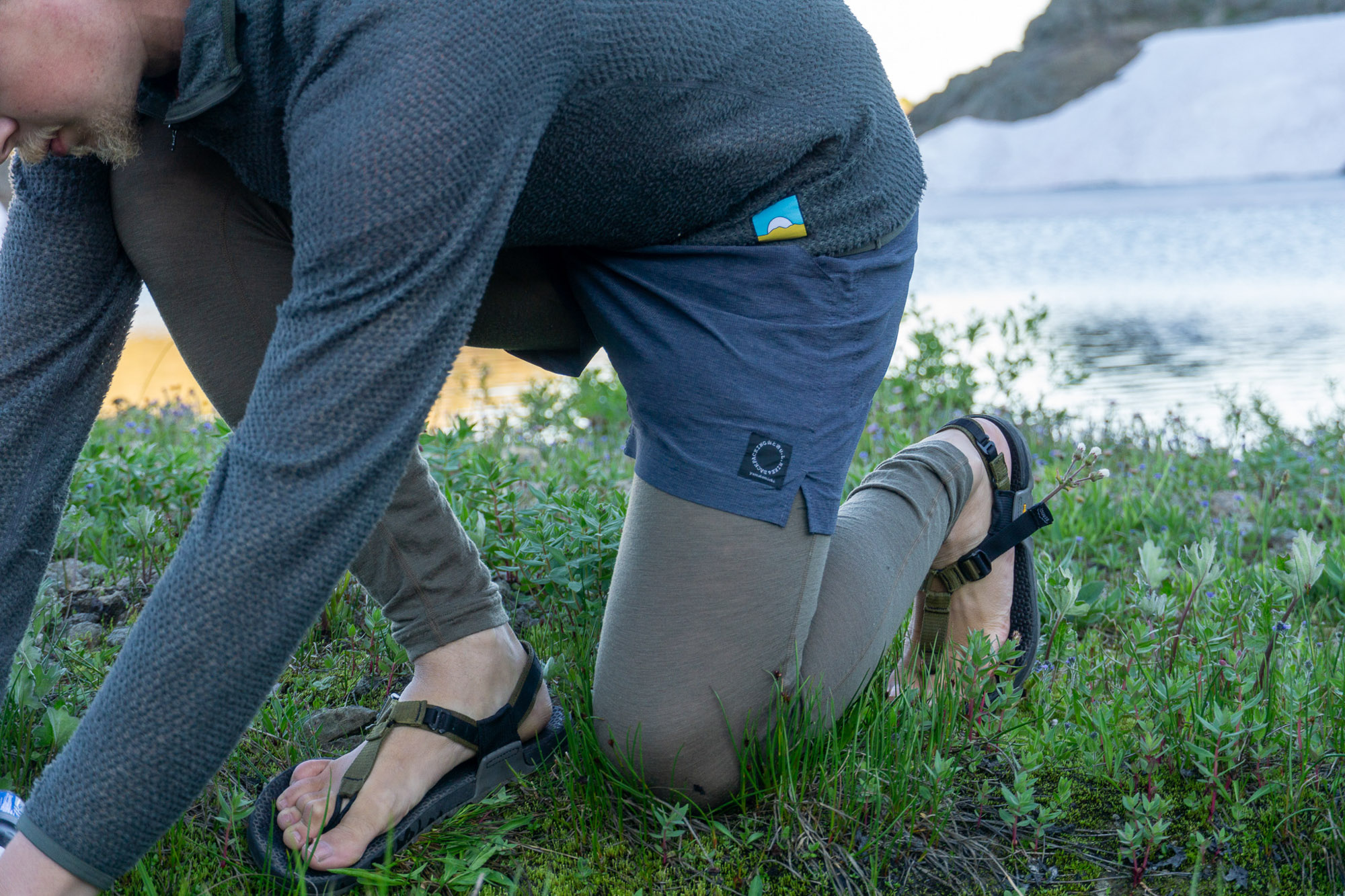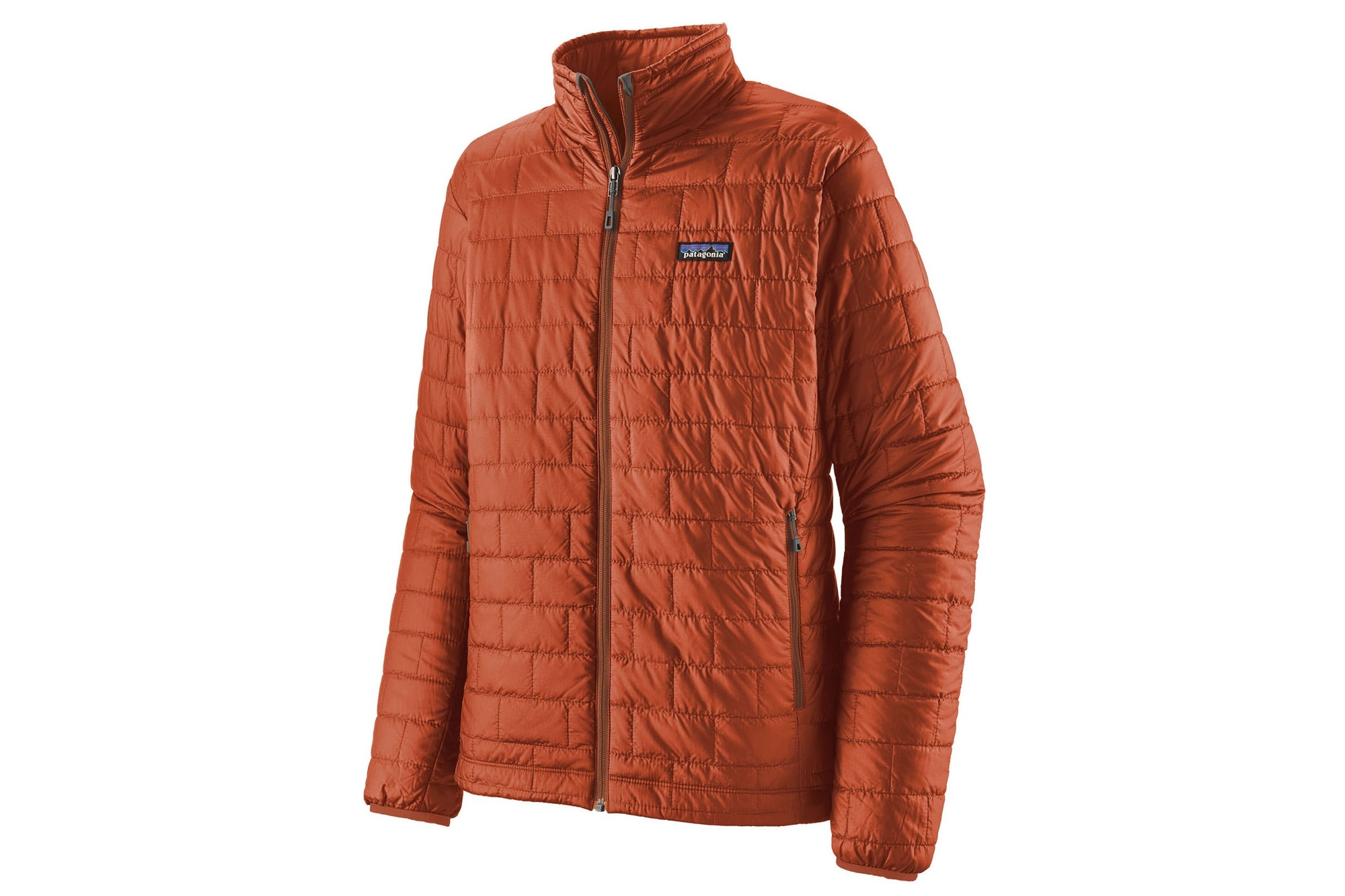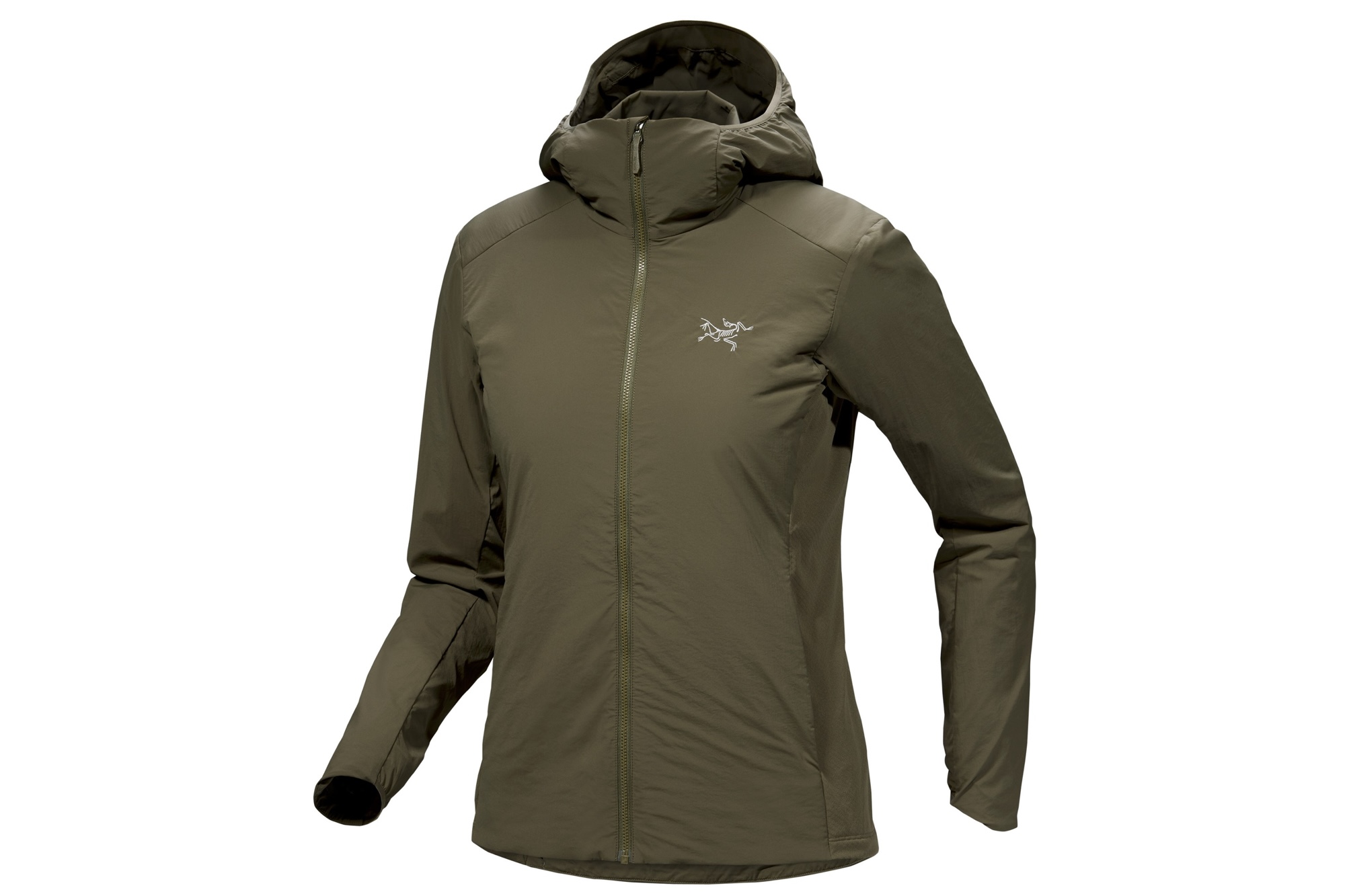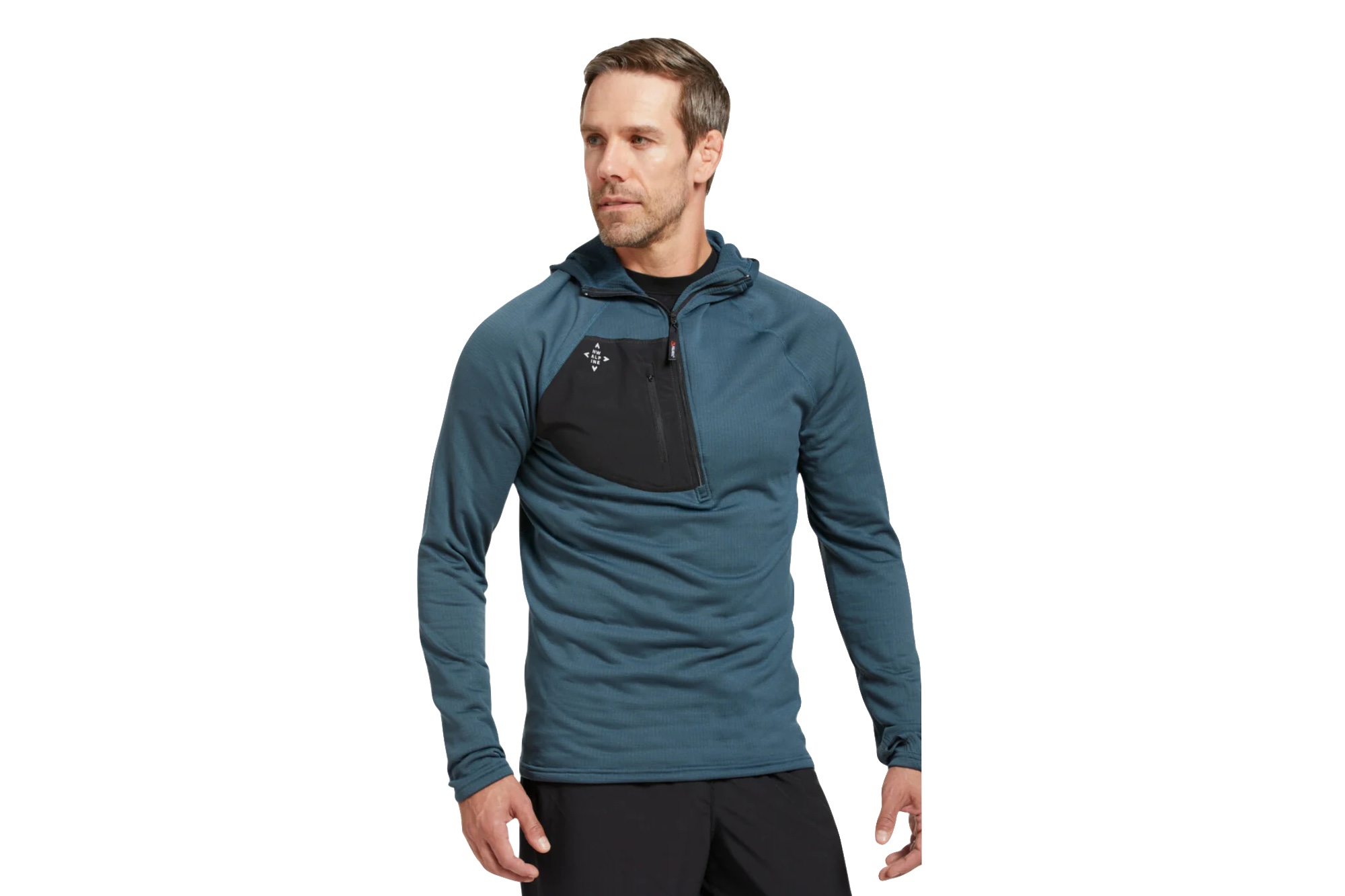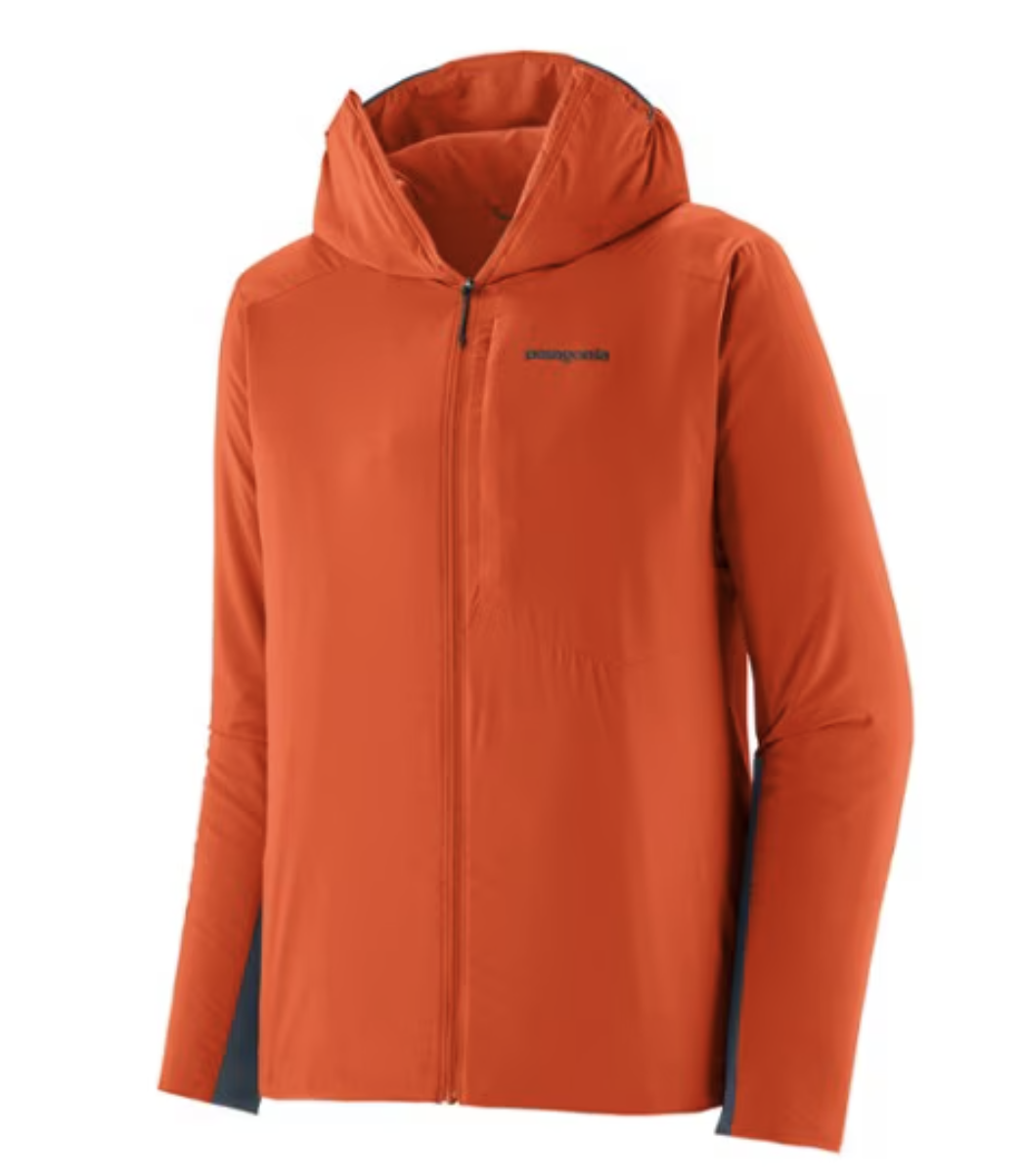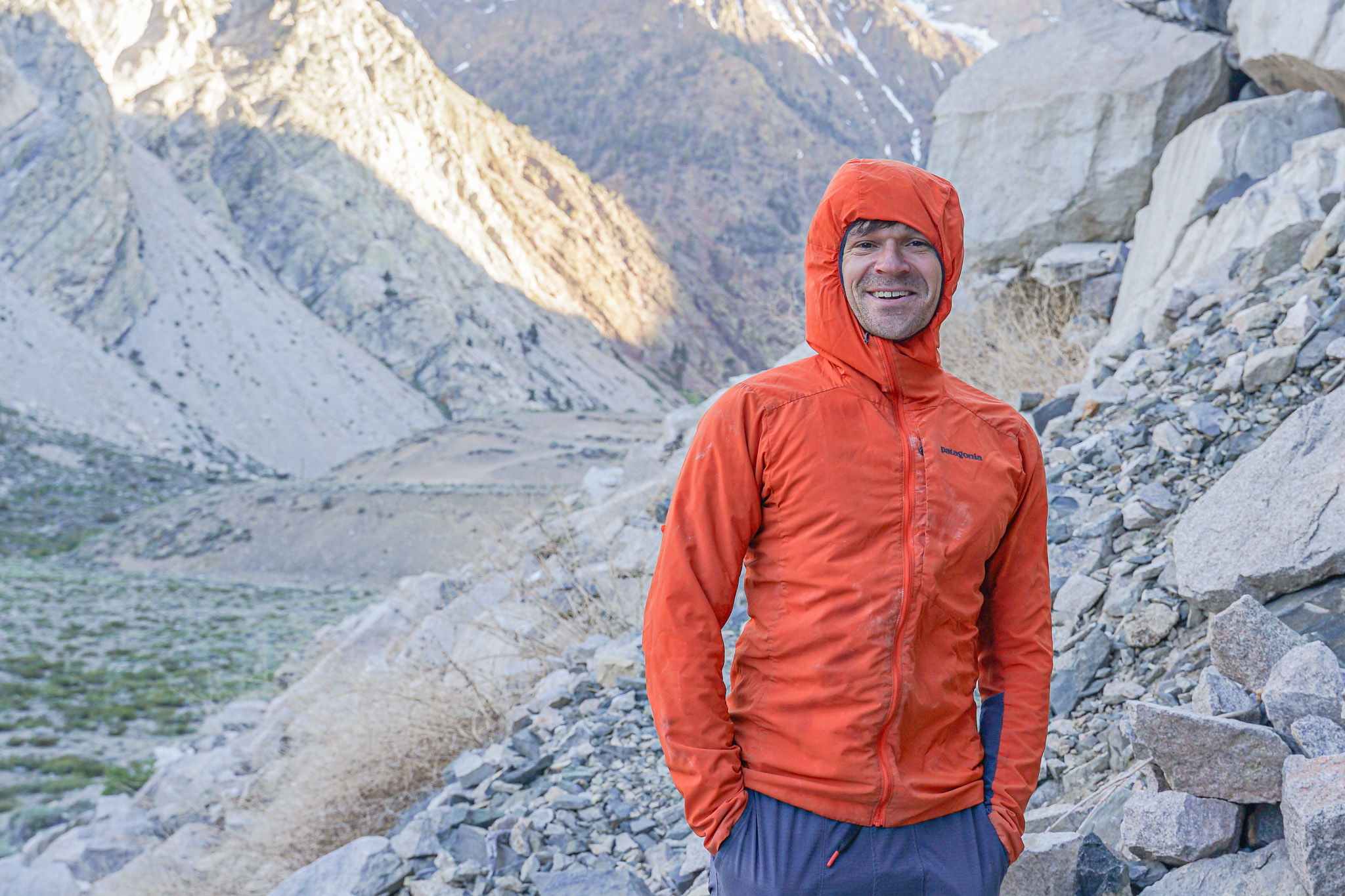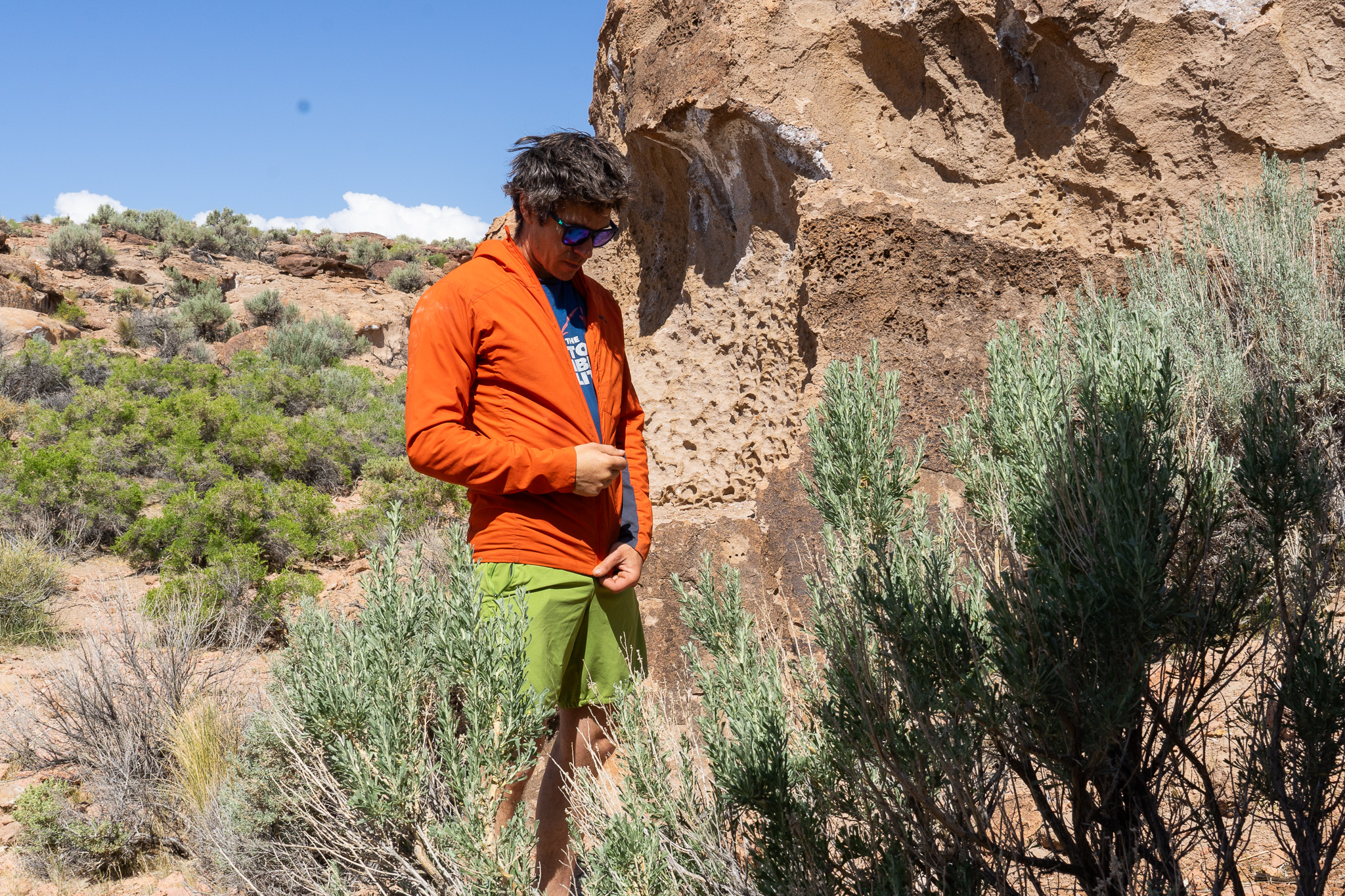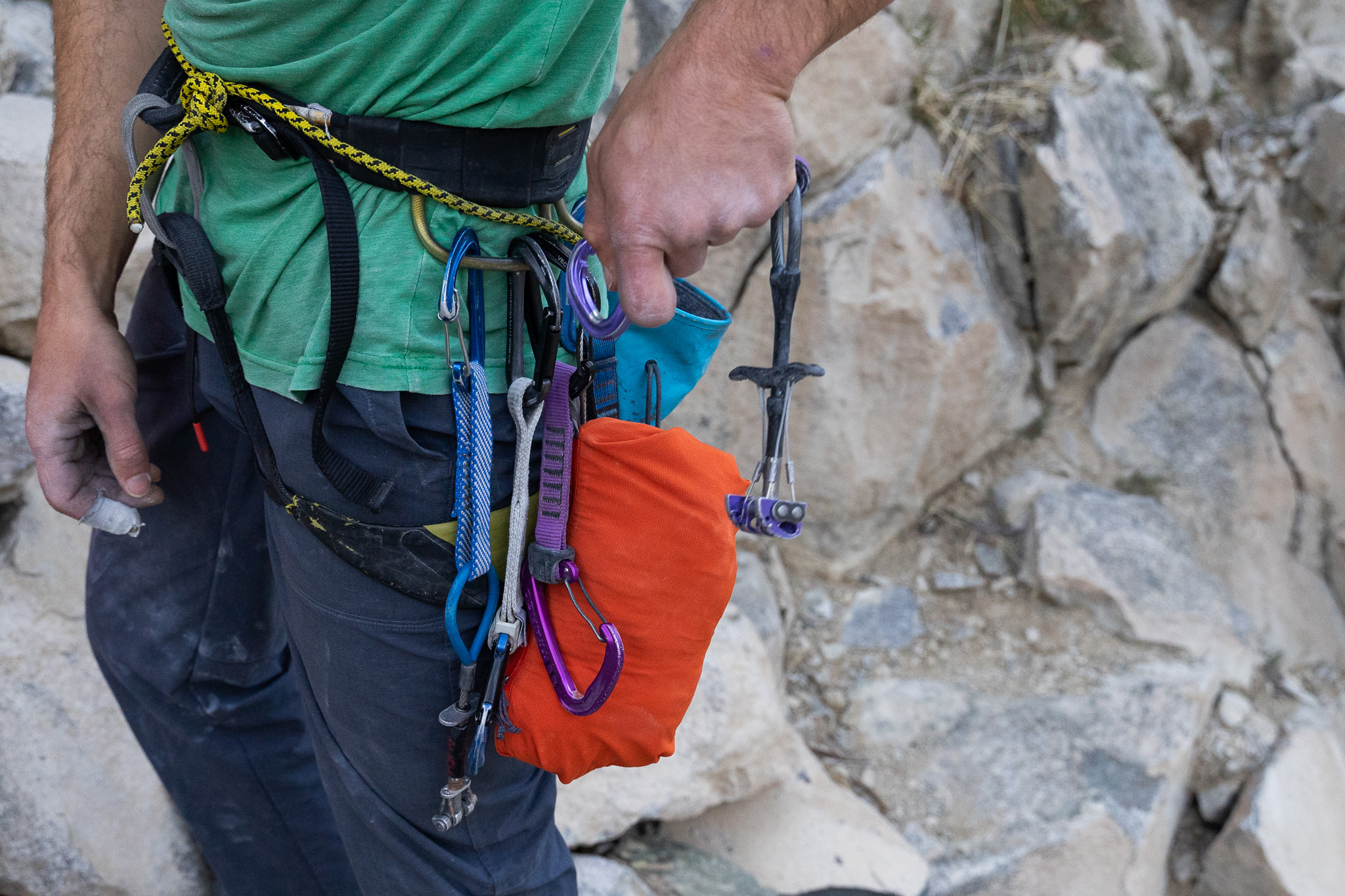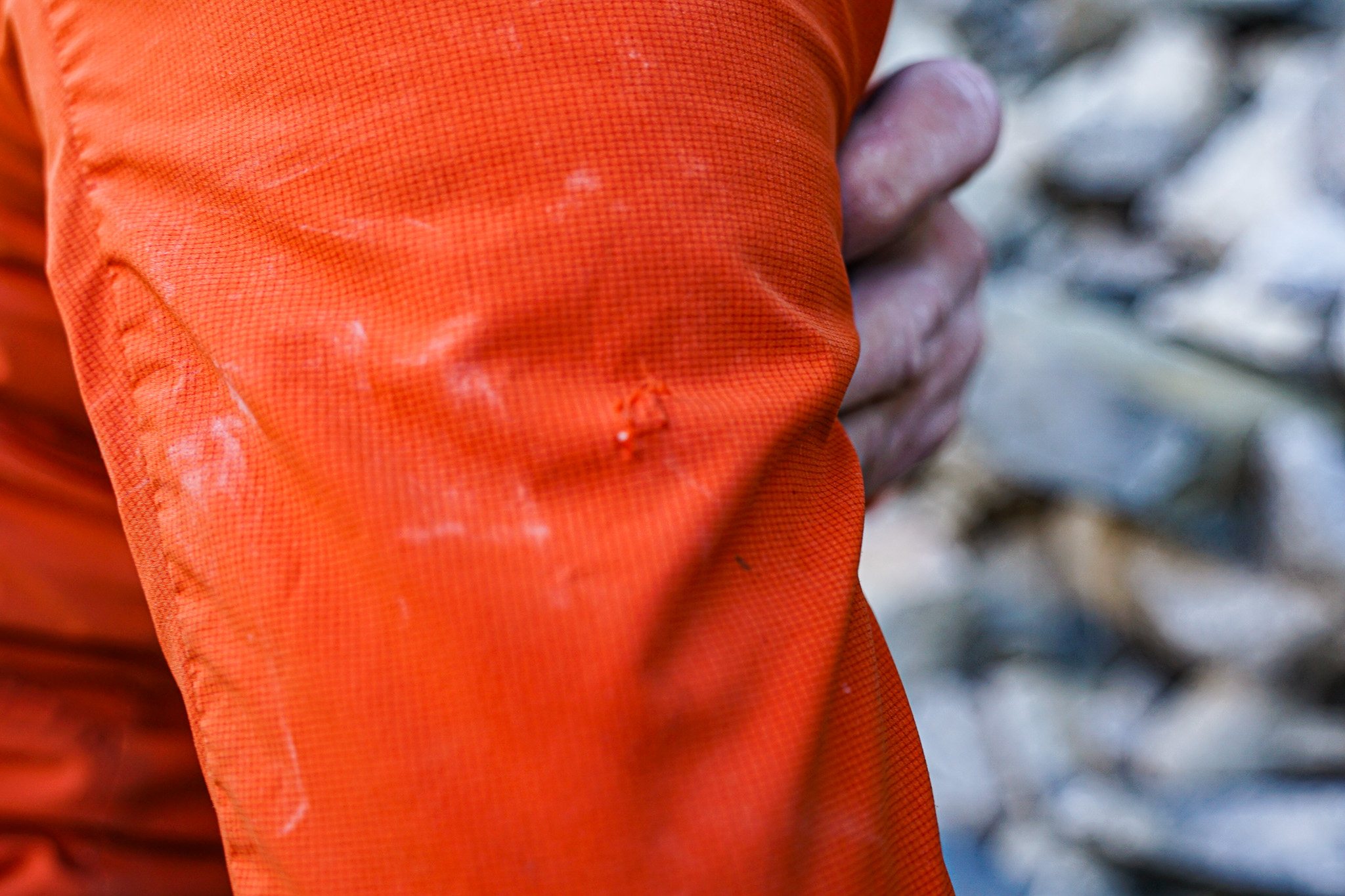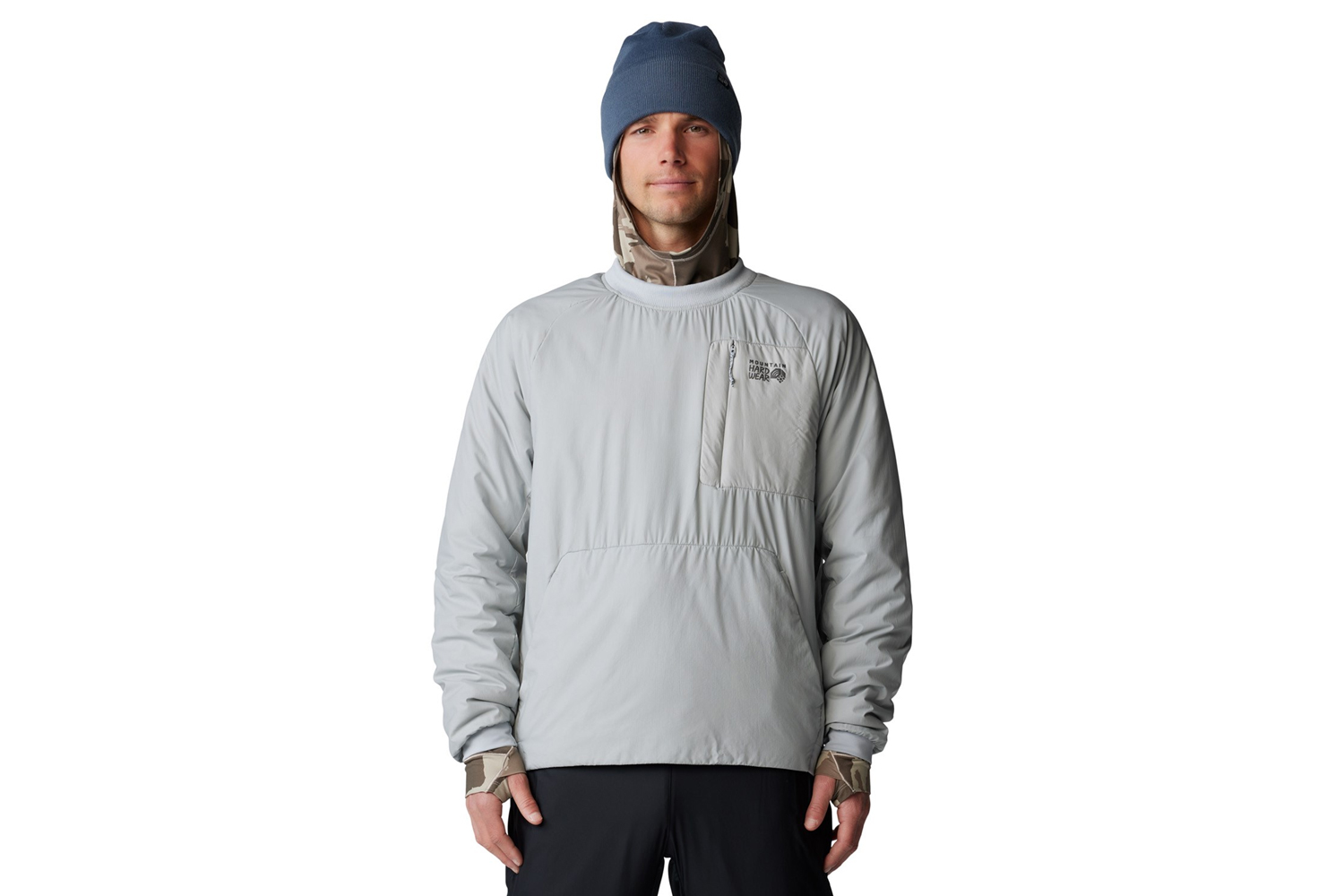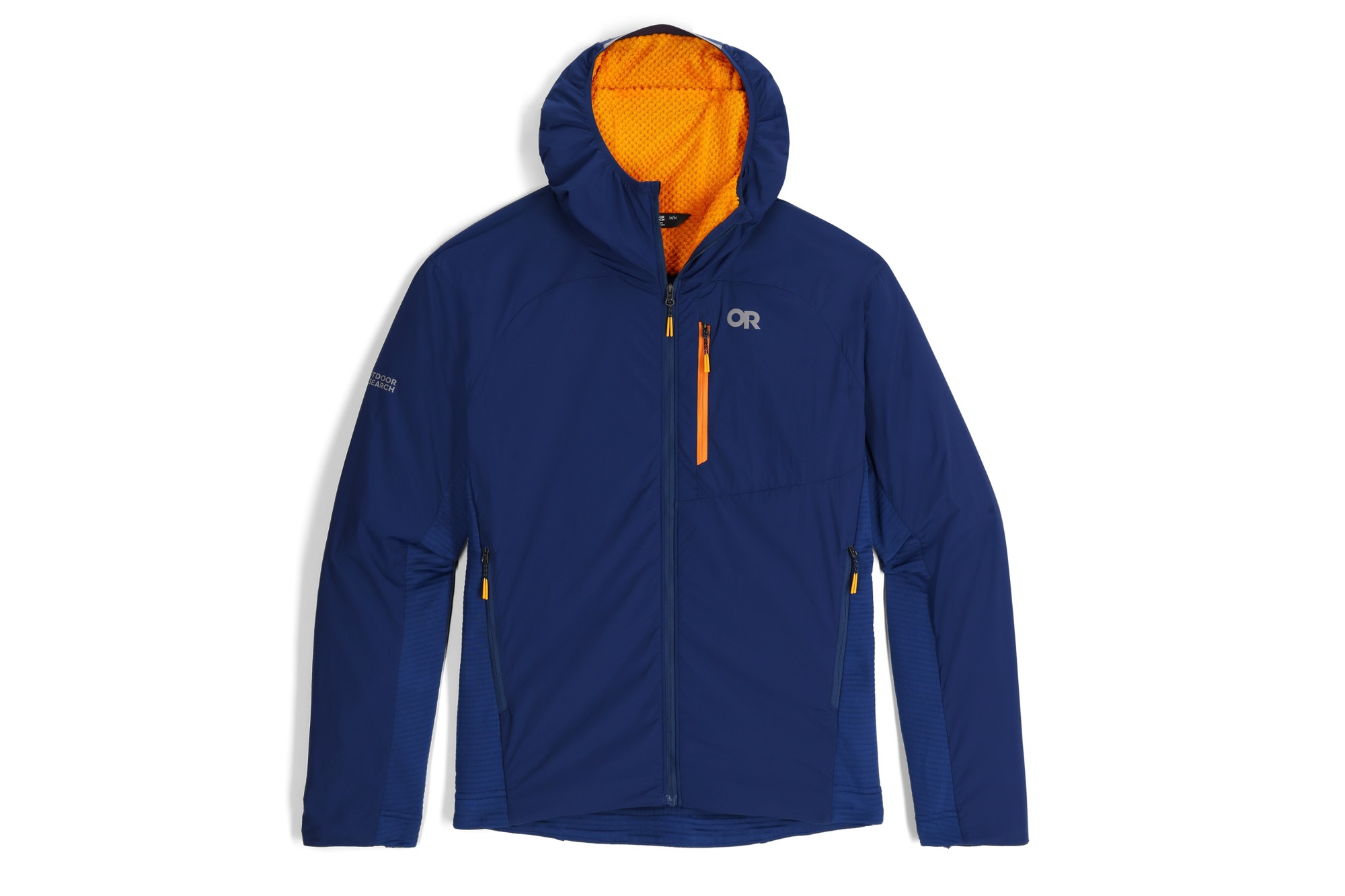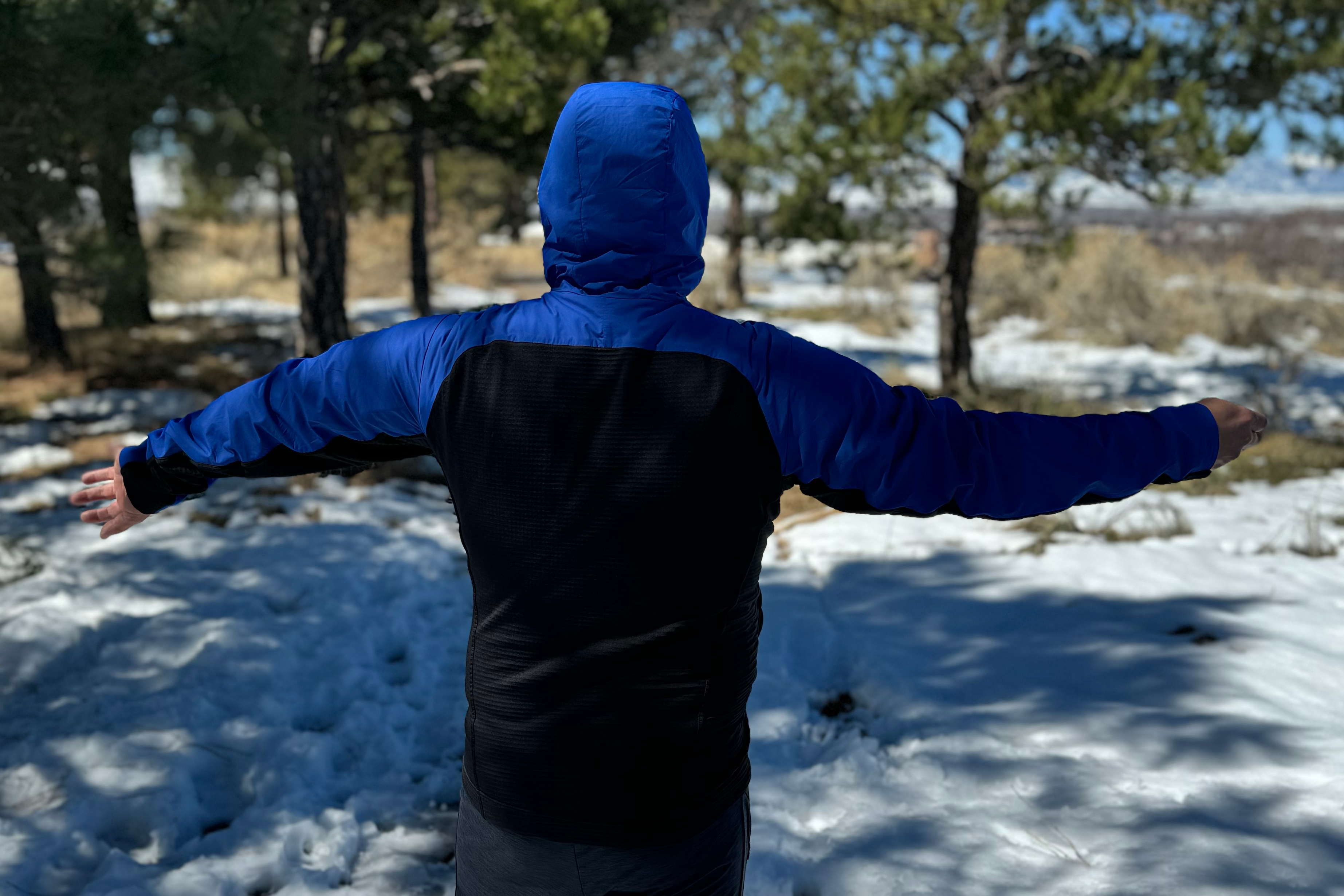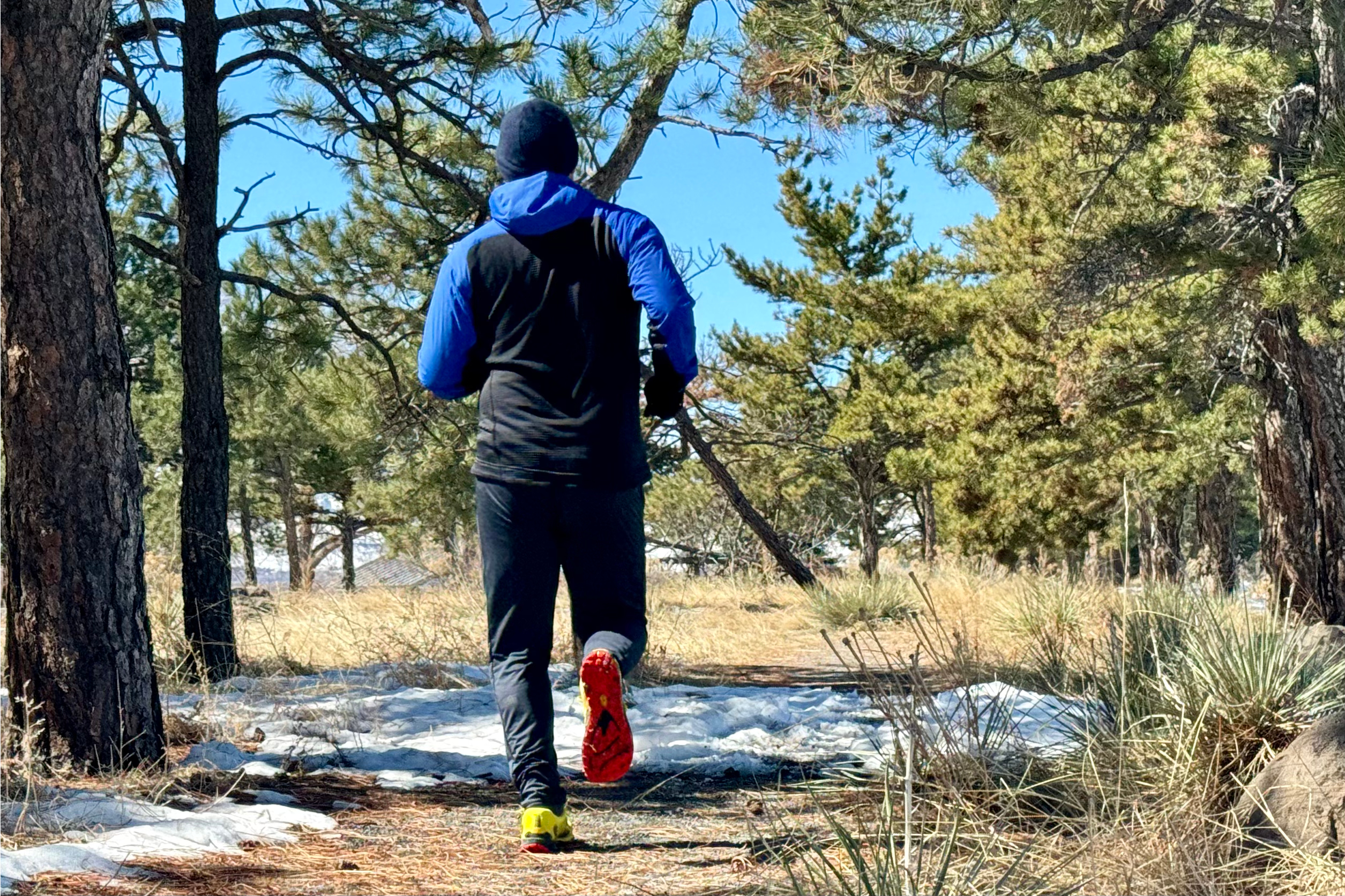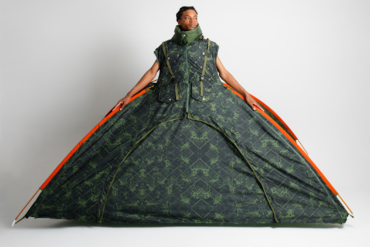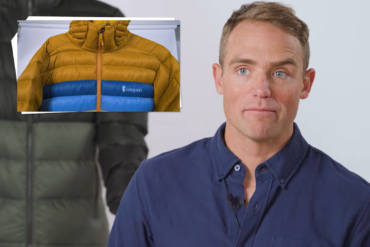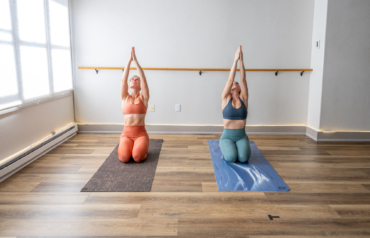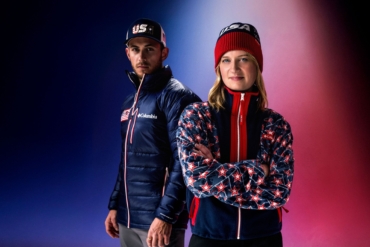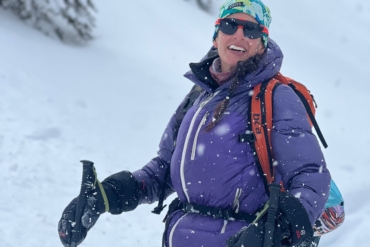Midlayers are some of the most versatile layers out there and come in all sorts of shapes and styles. If you feel that layering for the cold is tricky, or if you need an insulated jacket, our list of the best midlayers is a must-read.
We’ve tested a slew of midlayer styles: full-zip jackets, hoodies, vests, puffies, and lightweight and ultralight midlayers as well. Below are our best picks for winter, with all-around solid fleece options like the Patagonia R1 Thermal to budget-wise layers like the REI Co-op Flash Hyperstretch.
Our experts are a multi-sport bunch with layering needs that span the spectrum, and we aimed to cover the spread in our recommendations. We’ve climbed pitches of ice in these layers, worn them while commuting into town, and taken them along months-long thru-hikes. Take it from us: these layers will get you where you’re going.
Editor’s Note: We updated our Midlayers guide on August 19, 2025, to add a new slate of breathable warmth for summer 2025. The Senchi Designs A90 Half-Zip and Patagonia Nano-Air Ultralight both lean minimalist, while the Himali Stretch Ascent piles on the static warmth. Finally, the Mountain Hardwear Kor Alloy Crew wears like your favorite sweatshirt got fully teched out.
The Best Midlayers of 2025
Patagonia R1 Thermal Full-Zip Hoody
-
Warmth
9.0
-
Breathability
8.0
-
Durability
8.0
-
Style
7.0
- Style: Fleece
- Material: 6.5 oz. 91% recycled polyester/9% spandex flat-faced Technostretch fleece
- Insulation: N/A, grid fleece
- Weight: 15.3 oz.
- Pockets: Two
Pros
- Warmest version of the R1 fleece
- Face fabric is smooth and tight-knit, shedding flurries well
- Microgrid fleece is warm and plush
- Nice, snug hood
- Wide size range
Cons
- Not the most breathable option for high-output activities
- Pricier than normal R1 fleece
REI Co-Op Flash Hyperstretch Fleece Jacket
-
Breathability
7.8
-
Durability
7.5
-
Wind & Water Resistance
6.0
-
Packability
6.0
- Weight: 11 oz.
- Fit: Athletic
- Fabric: 54% recycled polyester, 35% nylon, 11% spandex
- Density: Light to Midweight
- Special features: Zippered hand pockets, drawcord hem
Pros
- Stretchy
- Slightly longer length with drawcord hem
- Affordable
- Hood stays on while running
Cons
- No thumbholes
The North Face FUTUREFLEECE Full-Zip Hoodie
-
Warmth
6.0
-
Breathability
8.0
-
Durability
7.0
-
Style
7.0
- Style: Fleece hoodie
- Material: 124 g/m² Teijin Octa FUTUREFLEECE — 55% polyester, 45% recycled polyester
- Insulation: Grid fleece
- Weight: 6.2 oz.
- Pockets: One
Pros
- Octa fleece is highly breathable, but holds warmth well when under a layer
- Extremely lightweight
- Versatile layering option
- Stretchy material is easy to move in
Cons
- Not enough pockets
- No wind resistance
- Thumb loops are a little fragile
Arc’teryx Proton Hoody
-
Warmth
8.0
-
Breathability
7.0
-
Durability
8.0
-
Style
8.0
- Style: Synthetic hoody
- Material: Fortius Air 20 face fabric; 20D Toray liner
- Insulation: PrimaLoft Gold 80 gsm torso, 60 gsm hood
- Weight: 14.6 oz.
- Pockets: Three
Pros
- Exterior is highly abrasion-resistant
- PrimaLoft Gold is high-quality insulator, and is body mapped with different weights used in torso/arms
- Hand-warming pockets are placed higher to avoid climbing harnesses
- Helmet-compatible hood
Cons
- Has an upper limit for breathability
- Expensive
- No thumb loops
Patagonia R1 Air Full-Zip Hoody
-
Warmth
7.5
-
Breathability
9.0
-
Durability
8.0
-
Style
7.0
- Weight: 12.9 oz. (men’s size M); 10.9 oz. (women’s size S)
- Fit: Athletic
- Fabric: 100% recycled polyester fleece
- Density: N/A
- Weather resistance: No weather treatment
- Pockets: Two handwarming, one on chest
Pros
- Super-breathable zig-zag grid fleece
- Lightweight
- Wide range of sizes
- Cozy on-skin feel with snug fit
Cons
- Not very much static warmth
- Wind resistance isn't great
- No thumb loops
Senchi A90 Half-Zip Hoodie
-
Warmth
6.0
-
Breathability
9.0
-
Durability
6.0
-
Style
7.0
- Style: Fleece
- Material: Polartec Alpha Direct 90
- Insulation: N/A, grid fleece
- Weight: 5 oz. (Men's Medium)
- Pockets: N/A
Pros
- Extremely breathable fleece
- Super lightweight and perfect for active use or sleeping in
- Snug hood
- Cozy feel
Cons
- Can be fragile
- Difficult to get your hands on with sporadic drops of stock
Patagonia Nano Puff Jacket
-
Warmth
7.0
-
Breathability
7.0
-
Durability
8.0
-
Style
9.0
- Style: Puffy jacket
- Material: 100% recycled polyester with DWR
- Insulation: 60 g PrimaLoft Gold Eco
- Weight: 11.9 oz.
- Pockets: 3
Pros
- Stylish design looks good in the mountains and around town
- Highly compressible given how warm it is
- Slippery fabric makes layering easy
Cons
- Extensive stitching adds some breathability but also allows rain to soak insulation faster
- A little heavier than similar lightweight layers
- Loose-fitting cuffs often let some heat escape
Other Midlayers We’ve Worn and Enjoyed
The seven midlayers we’ve highlighted above are the ones that bulk out our closets, but there are literally hundreds of others out there that also make the grade. Below are eight additional fleeces and synthetic jackets that we’ve extensively tested and can recommend as solid alternatives.
-
Warmth
6.0
-
Breathability
8.0
-
Durability
7.0
-
Style
8.0
- Style: Synthetic hoody
- Material: 40D Delta face fabric; 20D Fortius Air 88% nylon, 12% elastane liner
- Insulation: 40 gsm Coreloft Stretch with Octa fleece side panels
- Weight: 9.9 oz.
- Pockets: Two handwarming pockets
Pros
- Super thin sheet synthetic layer
- Body-mapped insulation puts warmth and breathability where you need it
- More wind-resistant than expected
- PFAS-free DWR finish
Cons
- Fairly pricey
- Little static warmth
-
Warmth
7.0
-
Breathability
8.0
-
Durability
8.0
-
Style
7.0
- Style: Grid fleece
- Material: Polartec Power Grid 93% recycled polyester, 7% spandex (197 gsm)
- Insulation: N/A,fleece
- Weight: 11 oz.
- Pockets: One on chest
Pros
- Great value for the price
- All U.S. made from textile mill to sewing
- Long sleeves don't ride up when reaching overhead
- Offset zipper doesn't nip your chin
Cons
- Chest pocket is a bit awkwardly sized
- Quarter-zip doesn't allow for full venting
-
Warmth
6.0
-
Breathability
8.0
-
Durability
7.0
-
Style
7.0
- Style: Synthetic hoody
- Material: 30-denier 100% recycled polyester air-permeable shadow stretch ripstop
- Insulation: FullRange
- Weight: 8.6 oz.
- Pockets: One
Pros
- Supremely comfortable
- Breathes as well as fleece
- Stuffs into its chest pocket with a carabiner clip-in point
- Athletic fit great for layering
Cons
- Not super warm
- Minimal weather protection
- Delicate
-
Warmth
8.0
-
Breathability
6.0
-
Durability
7.0
-
Style
6.0
- Style: Synthetic hoody
- Material: Toray Primeflex nylon stretch shell
- Insulation: 100 g PrimaLoft Gold Active+
- Weight: 1 lb., 0.8 oz.
- Pockets: Three
Pros
- Impressive warmth from the 100 gsm PrimaLoft Gold Active
- Snug athletic cut
- Quite stretchy
- DWR finish sheds water well
Cons
- Doesn't pack down the smallest
- Trim fit doesn't allow for much layering underneath
-
Warmth
7.0
-
Breathability
7.0
-
Durability
8.0
-
Style
8.0
- Style: Synthetic hoody
- Material: Pertex Quantum Air
- Insulation: PrimaLoft Gold Active
- Weight: 10.6 oz.
- Pockets: Three
Pros
- Warm for its weight
- Windproof fabric
- Packs into its own pocket
Cons
- Less breathable than other hybrid midlayers
- Style: Grid fleece hoody
- Material: 20D stretch woven nylon shell, VerticalX Octa insulation
- Insulation: N/A, grid fleece
- Weight: 12.5 oz.
- Pockets: Three
Pros
- High-cardio coverage
- Versatile temperature range
- Extended off-season use
- Enhanced durability in softshell covered areas
Cons
- Learning curve for layering underneath
- Drafty in tailwinds
Midlayer Comparison Chart
| Midlayer | Price | Material | Insulation | Weight | Pockets |
|---|---|---|---|---|---|
| Patagonia R1 Thermal | $219 | 6.5 oz. 91% recycled polyester/9% spandex flat-faced Technostretch fleece | N/A, grid fleece | 15.3 oz. | Two |
| REI Co-op Flash Hyperstretch | $100 | 54% recycled polyester/35% nylon/11% spandex | N/A, grid fleece | 11 oz. | Two |
| The North Face FUTUREFLEECE | $170 | 124 gsm Octayarn — 55% polyester, 45% recycled polyester | N/A, grid fleece | 6.2 oz. | One |
| Arc’teryx Proton Hoody | $350 | Fortius Air 20 face fabric; 20D Toray liner | PrimaLoft Gold 80 gsm torso, 60 gsm hood | 14.6 oz. | Three |
| Patagonia R1 Air Hoody | $179 | 100% recycled polyester fleece | N/A, grid fleece | 12.9 oz. | Three |
| Senchi A90 Half-Zip Hoodie | $115 | Polartec Alpha Direct 90 | N/A, grid fleece | 5 oz. | N/A |
| Patagonia Nano Puff | $229 | 100% recycled polyester with DWR | 60 gsm PrimaLoft Gold Eco | 11.9 oz. | Three |
| Arc’teryx Atom SL Hoody | $280 | 40D Delta face fabric; 20D Fortius Air 88% nylon, 12% elastane liner | 40 gsm Coreloft Stretch with Octa fleece side panels | 9.9 oz. | Two |
| NW Alpine Black Spider Hoody | $135 | Polartec Power Grid 93% recycled polyester, 7% spandex | N/A, grid fleece | 11 oz. | One |
| Patagonia Nano-Air Ultralight | $249 | 30-denier 100% recycled polyester air-permeable shadow stretch ripstop | FullRange | 8.6 oz. | One |
| Himali Ascent Stretch Hoodie | $250 | Toray Primeflex nylon stretch shell | 100 g PrimaLoft Gold Active+ | 1 lb., 0.8 oz. | Three |
| Mountain Hardwear Kor Pullover | $225 | Pertex Quantum Air | PrimaLoft Gold Active | 10.6 oz. | Three |
| Outdoor Research Deviator Hoodie | $229 | 20D stretch woven nylon shell, VerticalX Octa insulation | N/A, grid fleece | 12.5 oz. | Three |
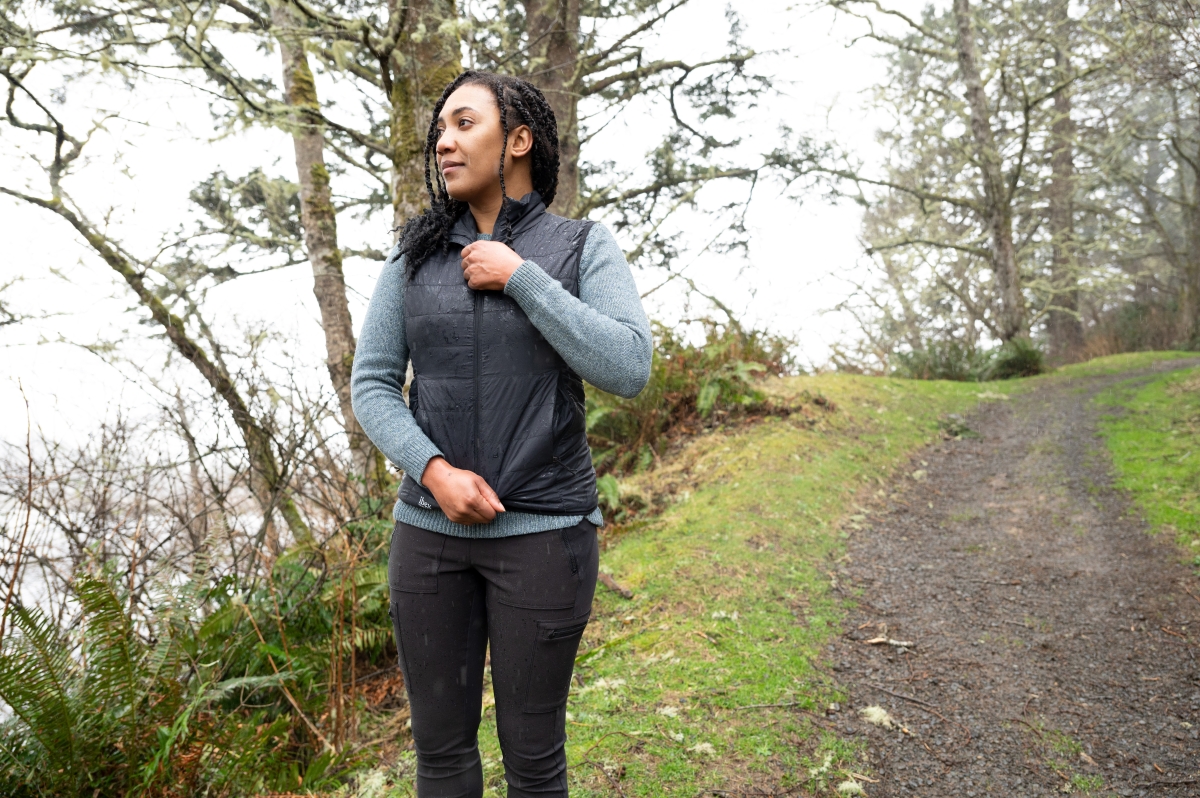
How We Tested the Best Midlayers
Our Expert Testers
After testing hundreds — perhaps thousands — of puffies, fleeces, and vests, the GearJunkie staff knows a thing or two about layering. To create this guide, we dug through our dusty closets, scoured the web, and chatted with pros to find the most reliable, stalwart jackets out there.
Distilling the list down was no small task, but we feel comfortable recommending everything in this article for anything from a desperate ascent in the alpine to a casual stroll around town.
Editor Mary Murphy tested our initial slate of midlayers in late 2021 after wearing scores of layers and settling on a worthy 15. Her gear testing cred is deep, and she has tested a wide range of equipment for GearJunkie, including everything from camping stoves to hiking socks.
Since then, the entire roster of GearJunkie experts has contributed to our testing, including Editor Nick Belcaster, who resides between the mountains and the sea in western Washington. His range extends from thru-hiking to splitboard mountaineering, and all require a specific layering system to really nail the effort. He’s tested midlayers across entire seasons to ensure these options are as versatile as they claim to be.
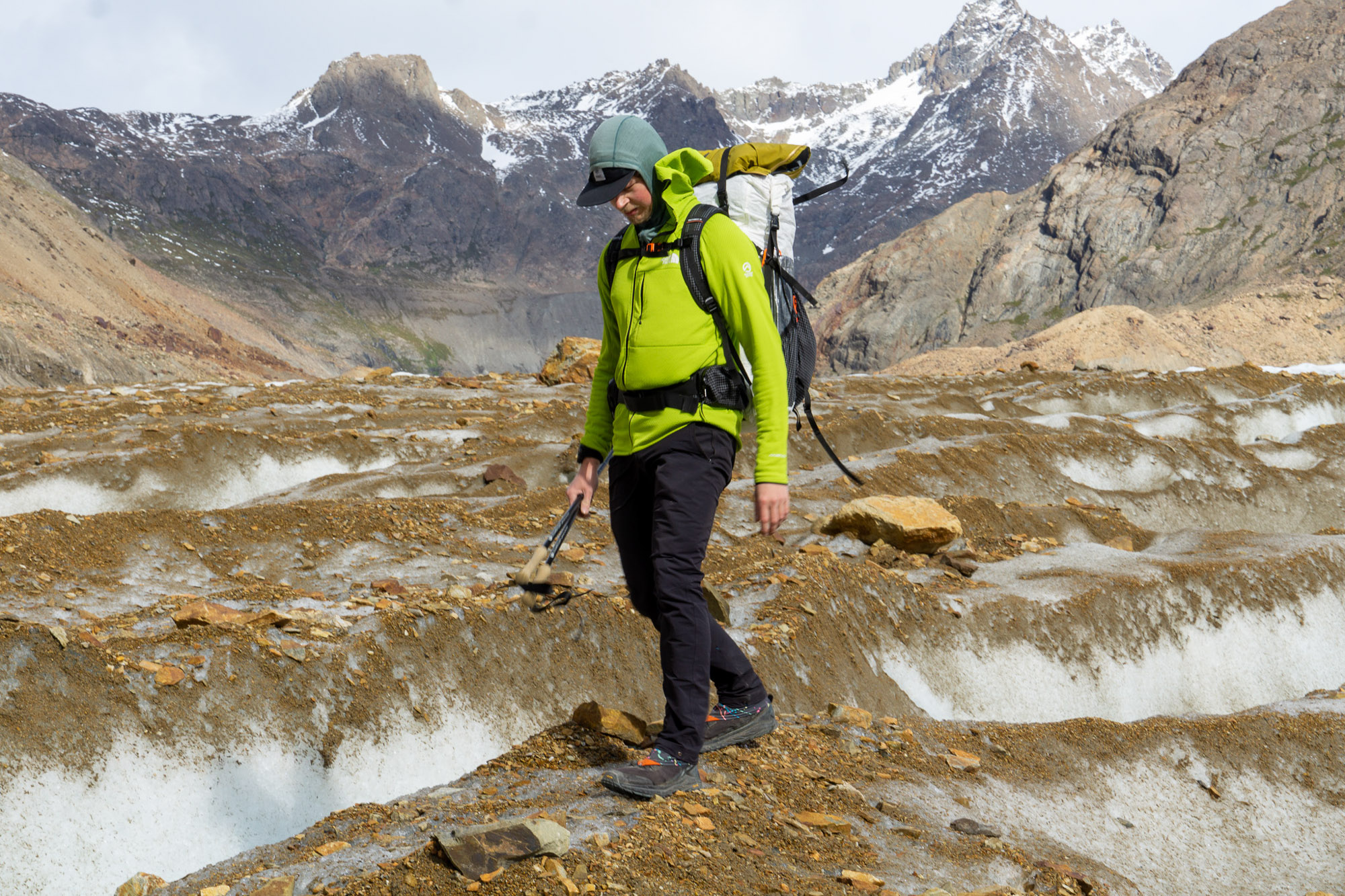
Our Testing Process and Testing Grounds
Midlayers are an exceptionally versatile layer, and we aimed to go as broad as we could in testing them. That meant layering up for cross-country skiing in the famed Methow Valley of Washington State, ice climbing in the refrigerated valleys of Colorado, and roaming the long trails of Iceland to gain the broadest possible understanding of where they excel and where they fall flat.
To do this, we aimed to test these layers in at least three specific sports and across at least two seasons. Once we had a solid handle on a midlayer, we cycled it out to other testers to get a range of opinions from folks with different body types, temperature ranges, and styles.
This is a constantly evolving guide, and we are continually hauling layers into the backcountry to pit new models against the old to ensure our selection is fresh and relevant.
Our Midlayer Rating System
We’ve settled on four different rating metrics to rank these midlayers, each relating to an important aspect to consider when purchasing one.
Warmth
When evaluating a new active layer, we consider the relative warmth of a midlayer the most important factor. We also consider both static and active warmth across a range of different activities. To ensure we’ve got a good idea, we also pass these layers around to different testers to ensure a balanced rating.
Breathability
Breathability works against warmth, typically, but many midlayers can balance the scale well. To rate breathability, we look for how quickly heat and perspiration build up when really working on the trail and how fast they dissipate.
Durability
Durability is judged across an entire season of use, and we look for material wear such as piling or fabric tears, as well as insulation packing out, and the function of options such as zippers or snaps.
Style
Finally, your midlayer should at least be a little stylish, and while we don’t rate this as highly as the other metrics, we still consider it in our assessment. To gauge style, we crowdsource our opinion from as many testers as we can, assessing layers on how likely we would be to wear it out on the town (or just the trailhead).

Buyer’s Guide: How to Choose a Midlayer
Which Midlayer Is Best: Jacket or Vest?
The first thing you should decide when browsing for a midlayer is whether you want a full jacket, hooded jacket, or an insulated vest. Some midlayers are a hybrid of both — insulated in the core, with just a face fabric for the arms (like merino).
Some are also water-repellent, and some aren’t. Our advice is to look at the big differentiators up top, and then look later at specific features.
Midlayer Insulation
There are a few types of insulation used in midlayers, but the most common ones we’ve seen are the man-made technologies used in synthetic insulated jackets. Brands like PrimaLoft make different types of synthetic insulation, from high-warmth blends to eco/recycled ones. Some brands will also have in-house insulation technologies.
Jackets will have different amounts of insulation, too — we’ve found the sweet spot is to look for a midlayer with 60-100 grams per square meter (GSM) synthetic insulation. Many midlayers also don’t use added insulation — instead, they use a heavier fabric, like fleece jackets.
If you aren’t buying an insulated layer, pay attention to the warmth level of the fabrics used. For example, a midlayer hoodie with merino construction or a merino liner can still provide lots of warmth and versatility, even if it isn’t stuffed with insulation.

Price & Value
Since midlayers can be made from a variety of insulations, they tend to range broadly in their prices. Also, consider that many are tailored to excel at different paces or temperature ranges and that simply going with the warmest layer you can afford might lead to overheating. Dial in on the sport-specific layering system you’re looking to perfect, and consider what aspects you need most from your midlayer.
Budget
The budget range of midlayers is typically grid fleeces, which will run you around $100. These layers won’t pile on the features or fine trim but instead focus on providing reliable warmth when you need it. Fleece is reliable warmth once you build up some heat under it, and while it won’t hold back from strong winds, a light windbreaker will protect you.
The $100 REI Co-op Flash Hyperstretch Fleece Jacket has a lot in common with our top pick and even a few features that it lacks, including a drawstring hem and a touch more stretch. Most fleeces in this price range will use in-house pile fleeces to keep costs down and may skip out on niceties such as thumb holes in the sleeves.
Mid-Tier
Bumping up a bit in price also means more warmth, and this range is where you’ll be able to get into synthetic puffies like the Patagonia Nano Puff ($229). These midlayers can be warmer than fleeces and boast more features, such as hand-warming pockets, adjustable hoods, and different weights of insulation to adjust warmth and breathability.
Higher-end fleece technologies can also be used in midlayers in this range, with Polartec and Octayarn being notable. The $170 The North Face FUTUREFLEECE uses a techy eight-sided hollow yarn to weave its fleece and build in even more trapped air space, while the Norrøna Falketind Alpha120 ($219) uses two different types of Polartec in a body-mapped design.
Premium
High-end midlayers will often run you north of $300, but will be trimmed out in the nicest materials that are sure to pay dividends in durability. Look for name brands like Pertex fabrics and PrimaLoft synthetic materials to ensure you’re getting what you pay for.
The merino wool insulation used in the Ibex Wool Aire Hoodie ($285) assuredly explains the price of this jacket, but we argue it’s well worth it. The $350 Arc’teryx Proton Hoody was the most expensive midlayer we’ve recommended, but now, after 5 years of hard use, it’s still nearly as warm as it was on day one. You’ll pay up front, but the longevity can be worth the spend.

Frequently Asked Questions
You can think of a good midlayer like the Goldilocks of jackets: not too small, not too big, not too bulky, not too thin — just right in terms of fit, versatility and, above all, warmth.
Other components that make a midlayer like the ones on our list stand out from the rest include insulated hoods, zippered pockets with good placement, adjustable hems, and compatibility with other layers.
The warmest midlayers on this list in terms of insulation were the Arc’teryx Proton Hoody and the Patagonia Nano Puff. Our other favorite midlayer that offers lots of warmth is the Himali Ascent Stretch Hoodie.
The best midlayers, in our opinion, are the ones with added insulation and other features that make it easy and comfortable to layer. This tends to be a synthetic fill insulation, sewn into baffles or in between two layers of fabric to provide that insulation.
Depending on the style and what activities you’ll be using the midlayer for, materials like fleece or PrimaLoft synthetic insulation are always great choices.
In testing, we found the most popular midlayers among GearJunkie staff were full-zip and hoodie styles.

The Best Synthetic Insulated Jackets of 2025-2026
We tested the best synthetic insulated jackets from Arc’teryx, The North Face, Patagonia, and more to help you find the best option for your needs and budget.
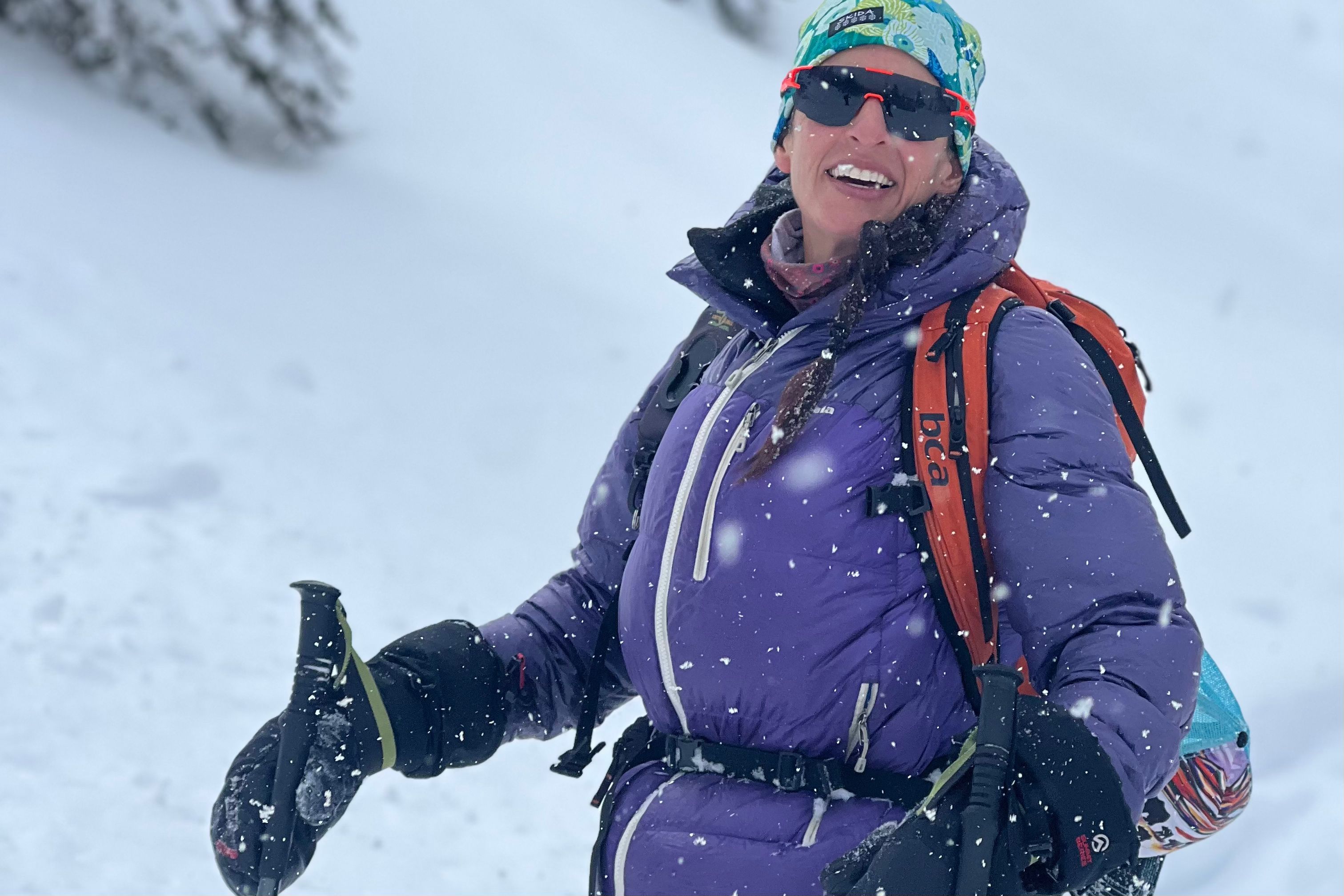
The Best Down Jackets of 2025-2026
We tested the best down jackets from Arc’teryx, Patagonia, Mountain Hardwear, and more to help you find the right jacket for your needs and budget.

